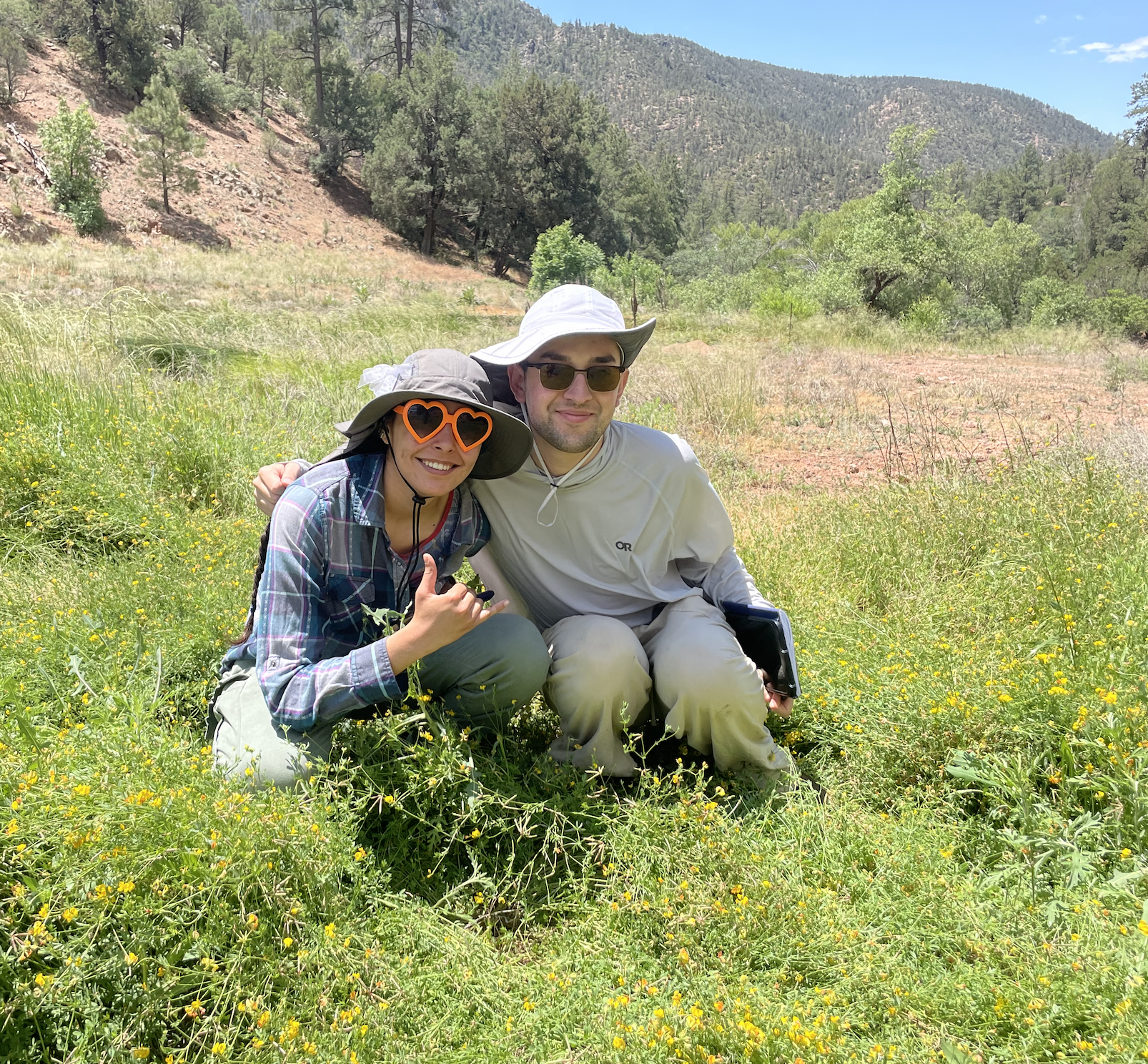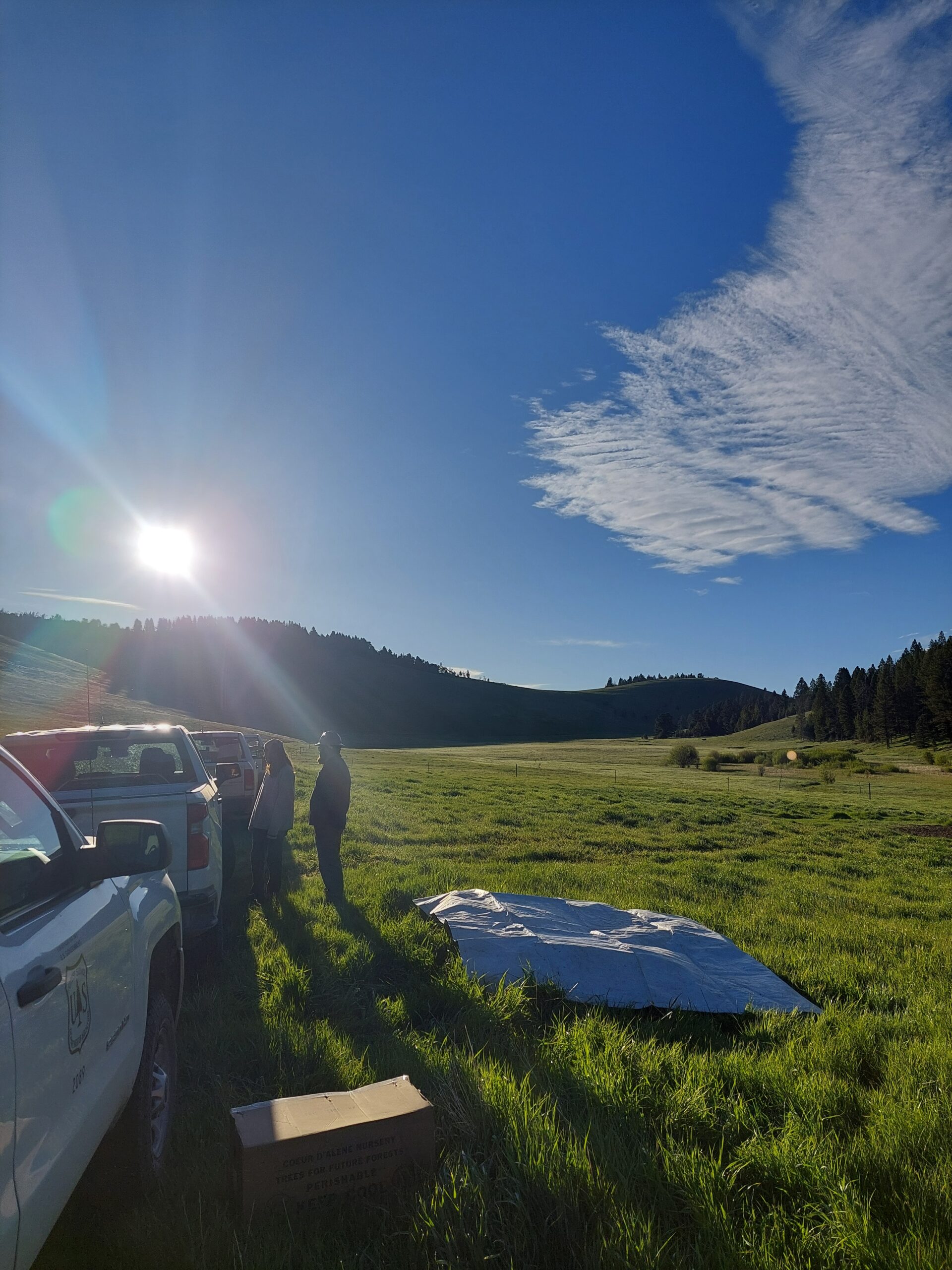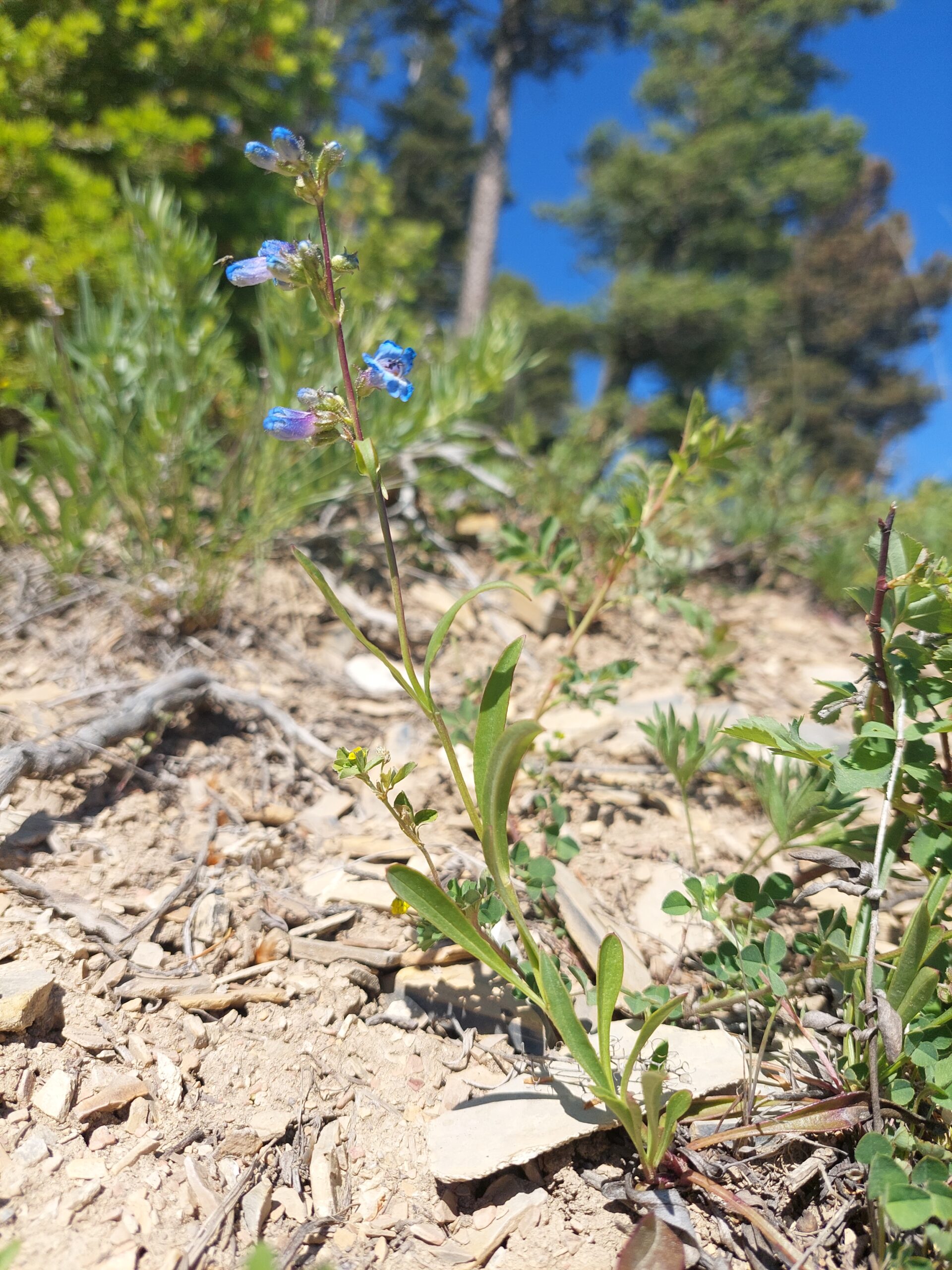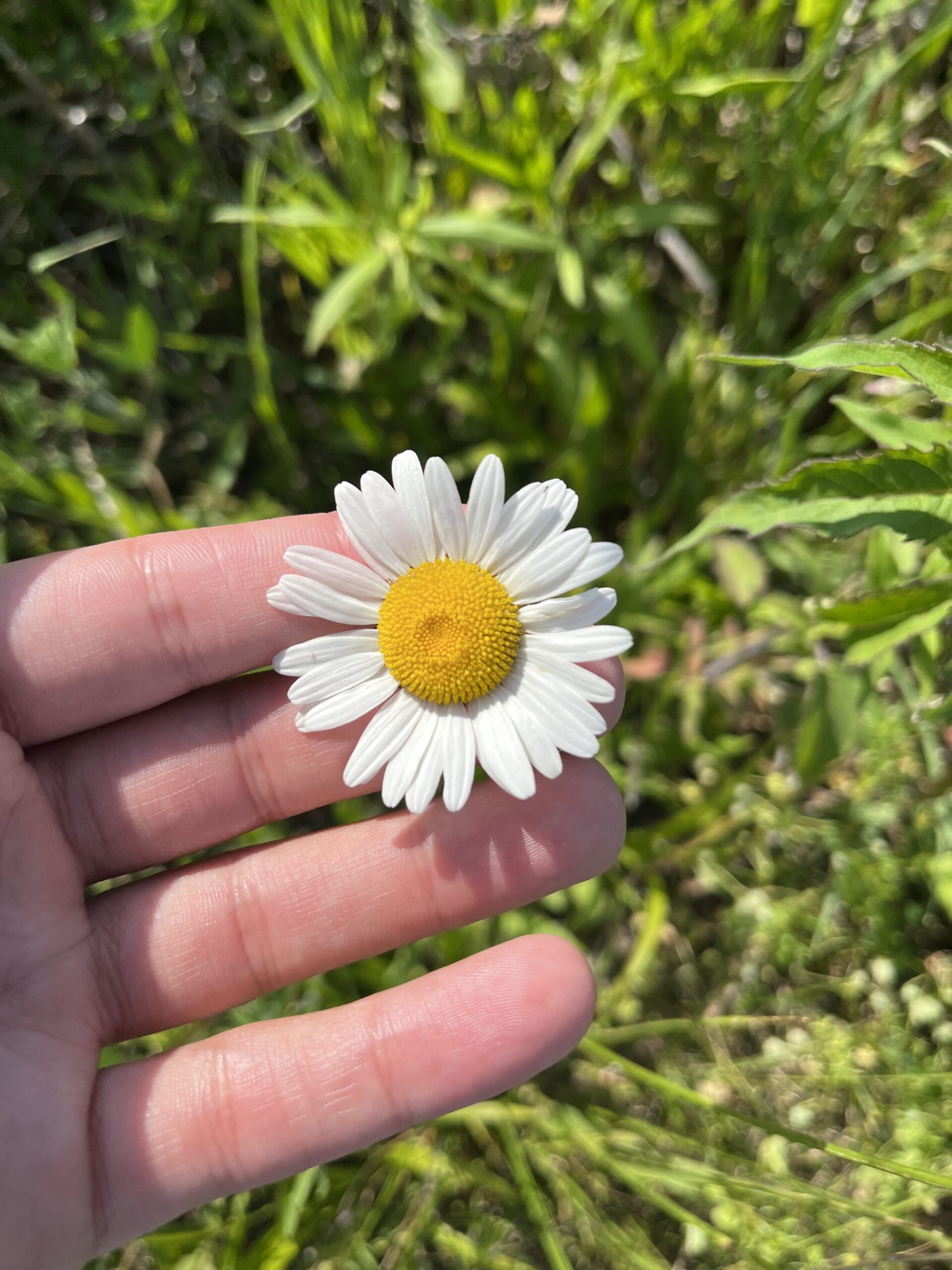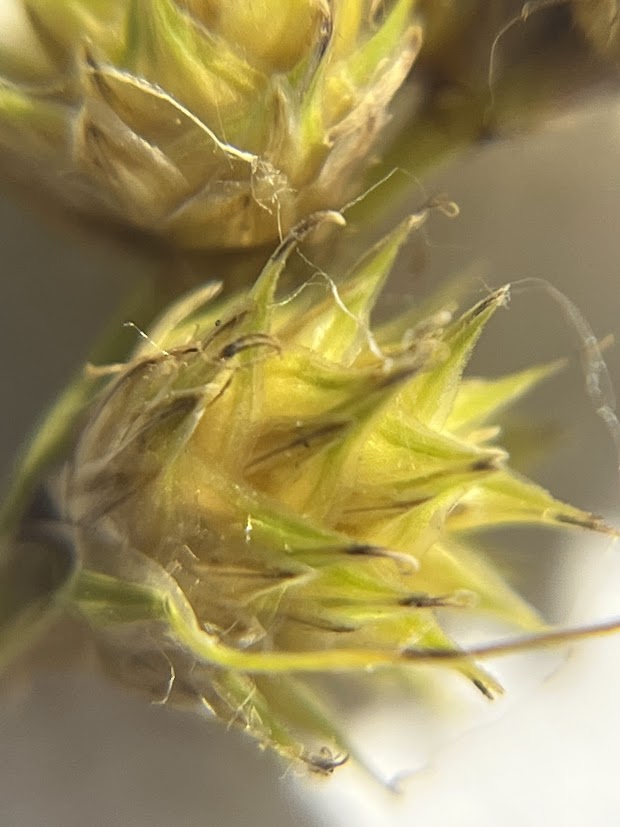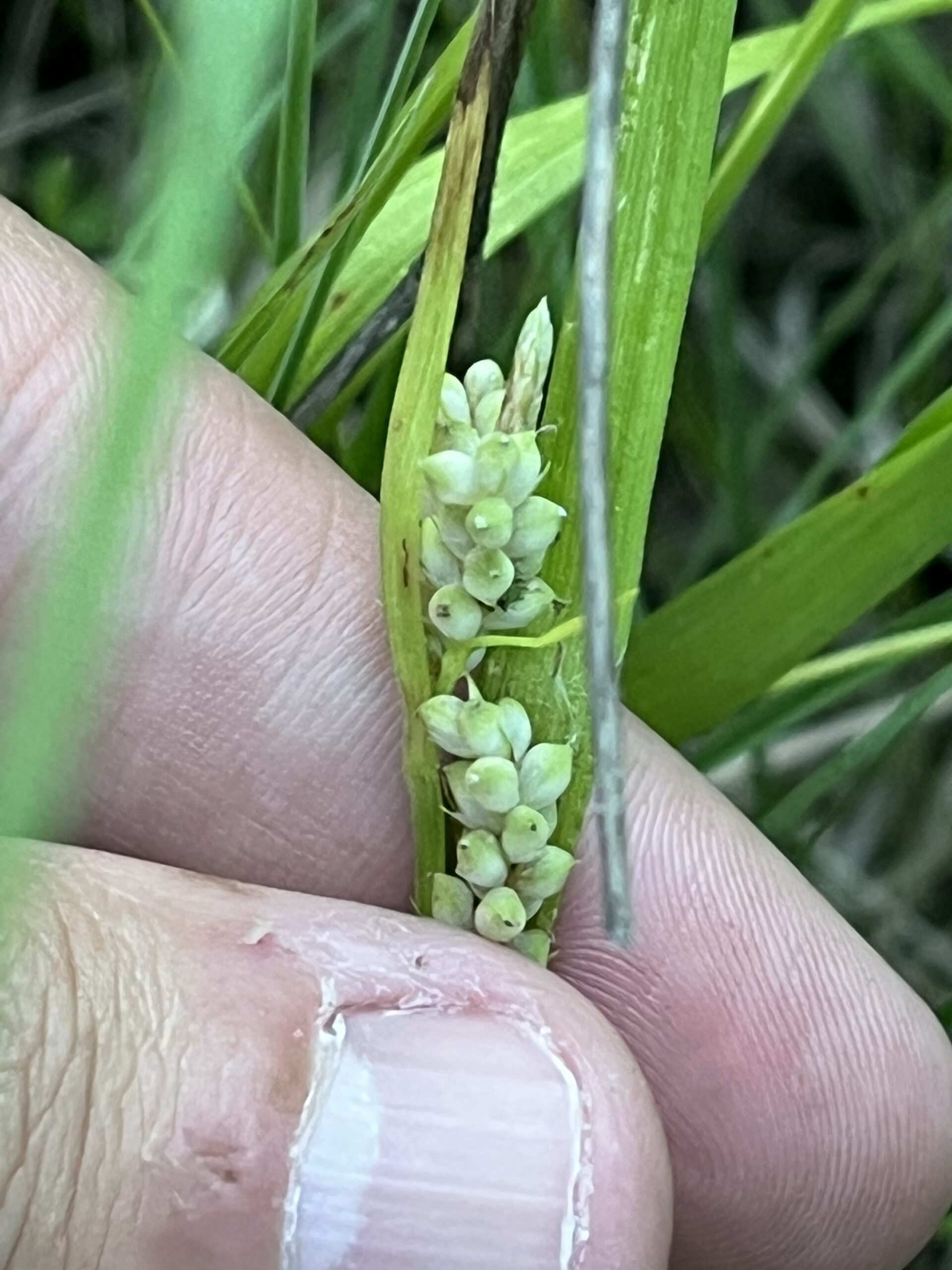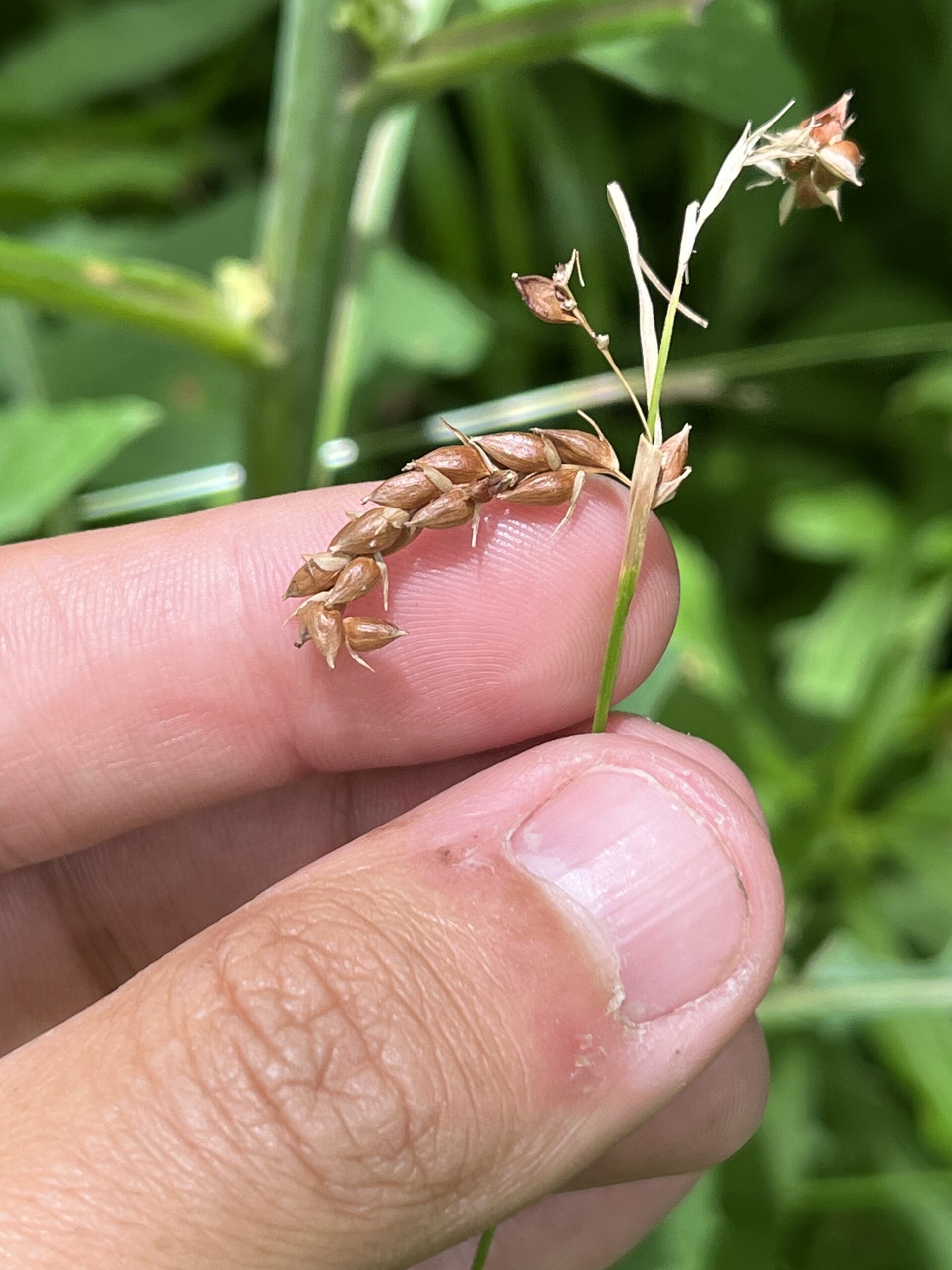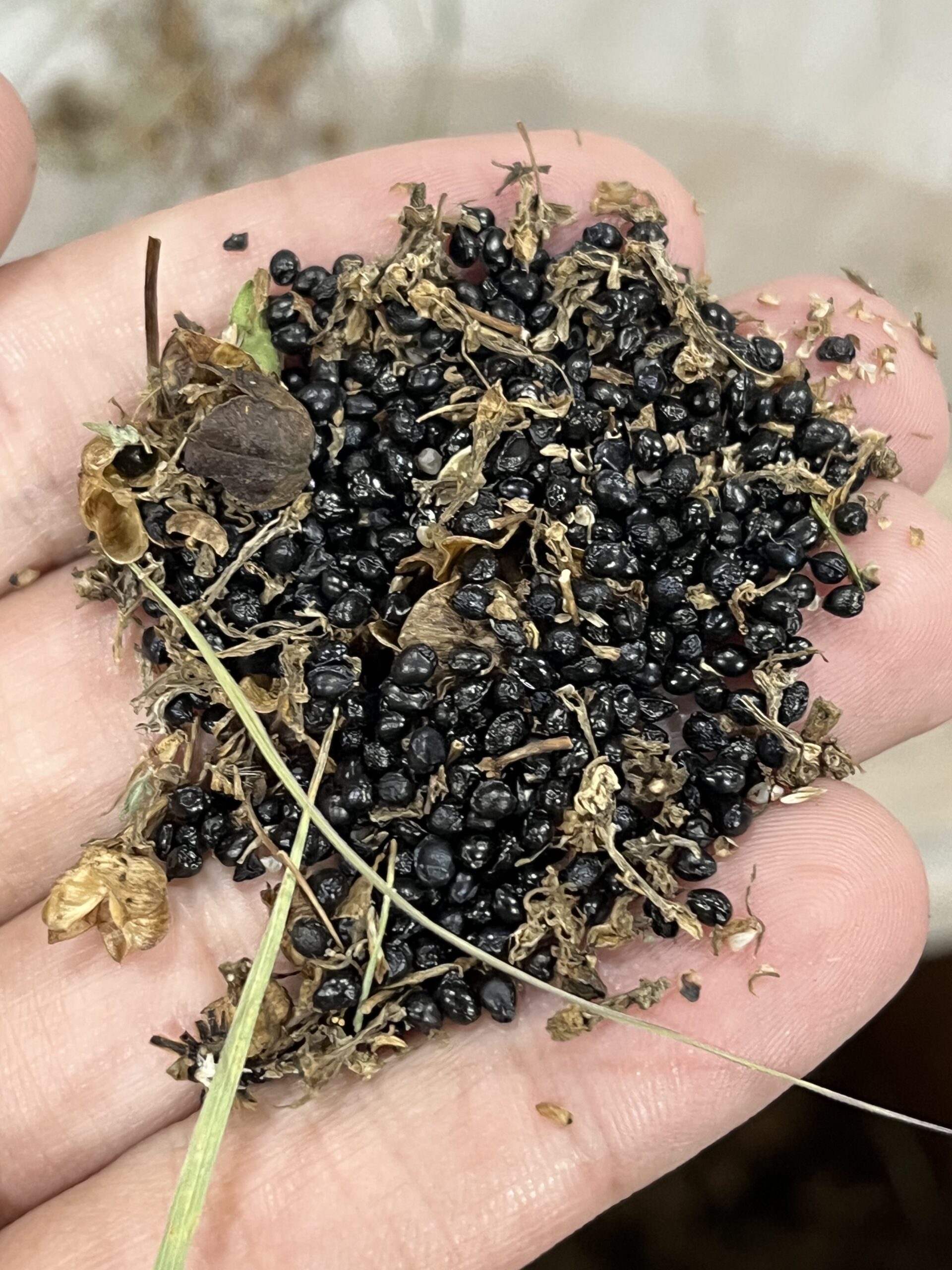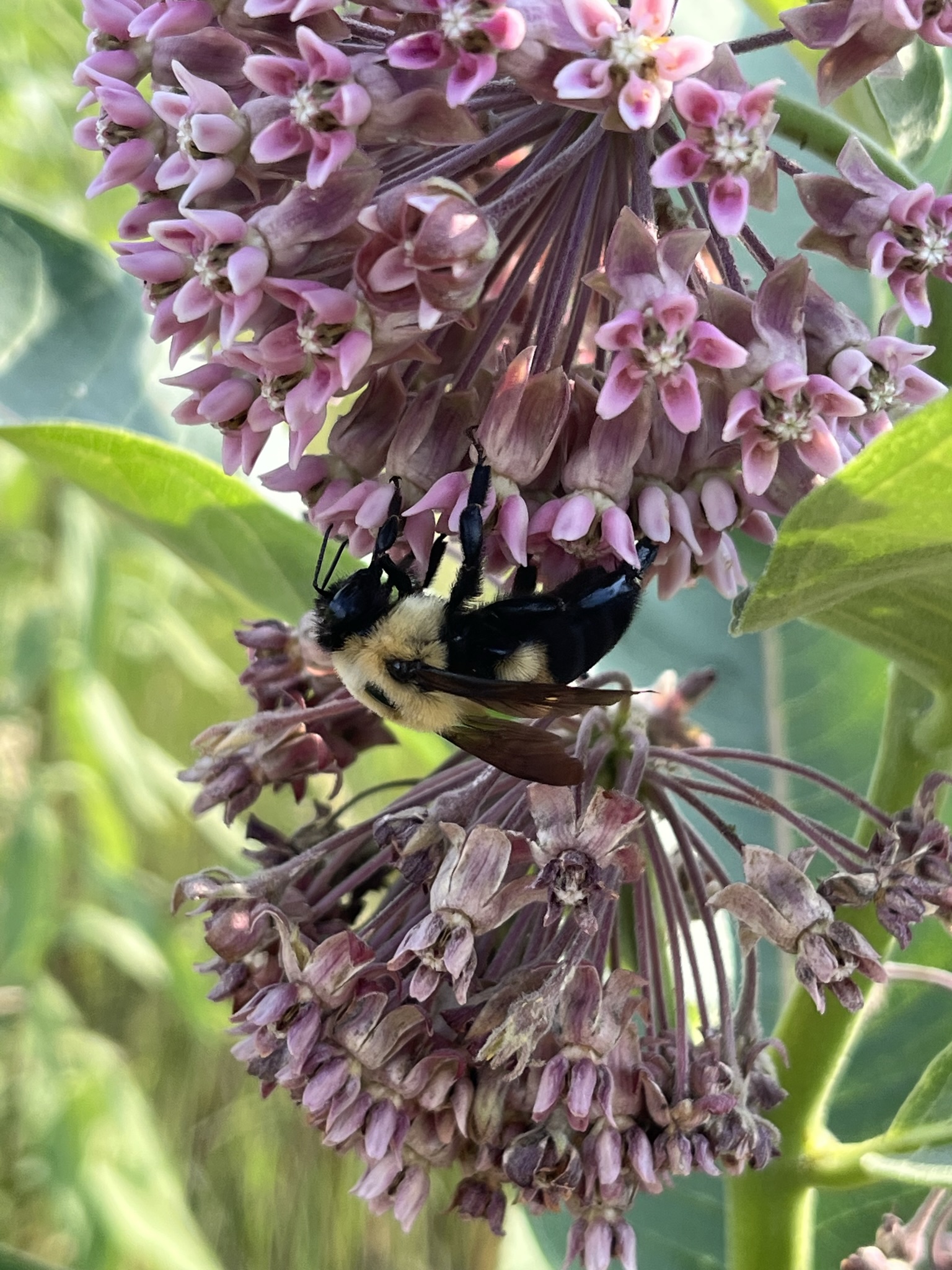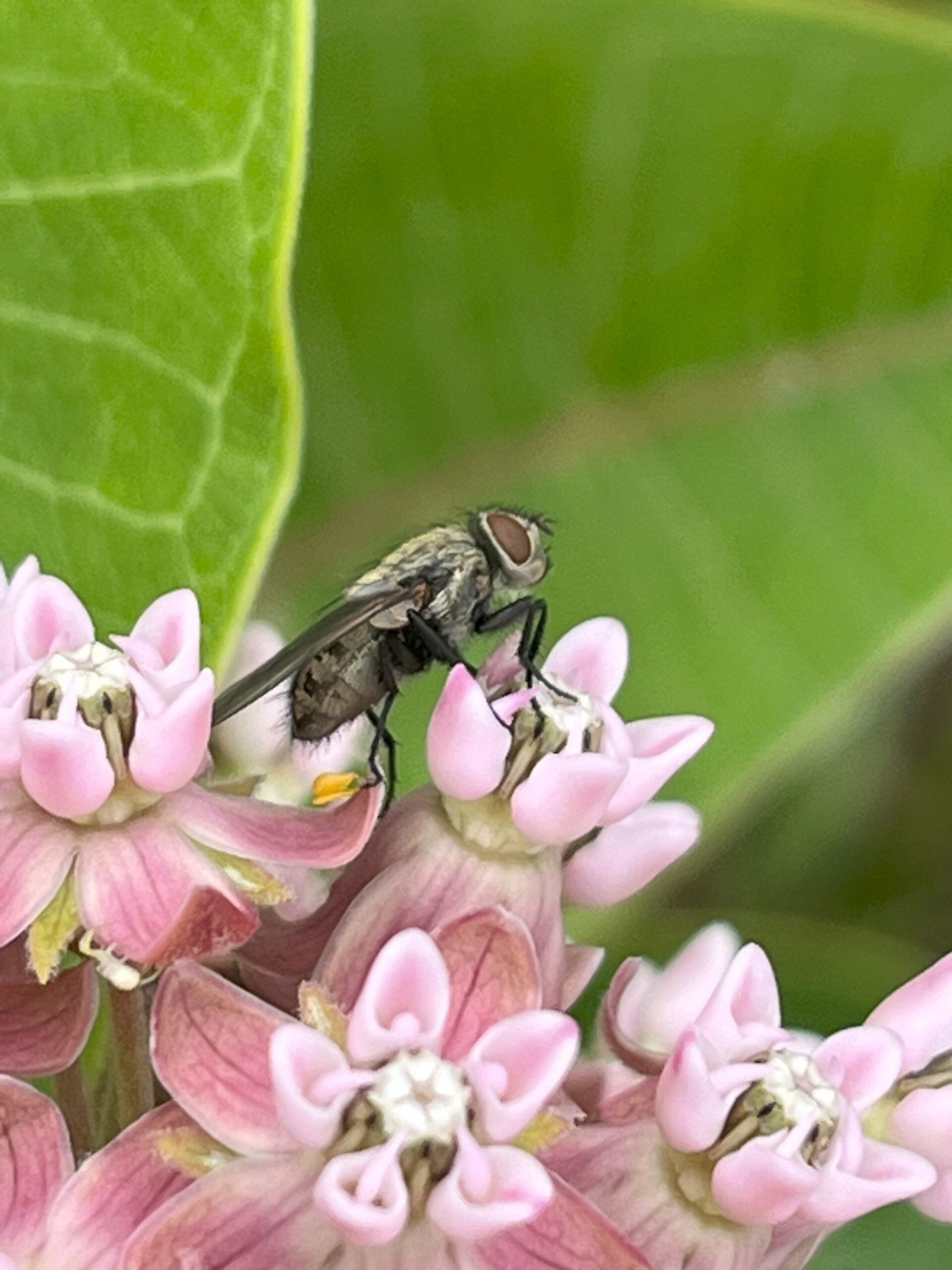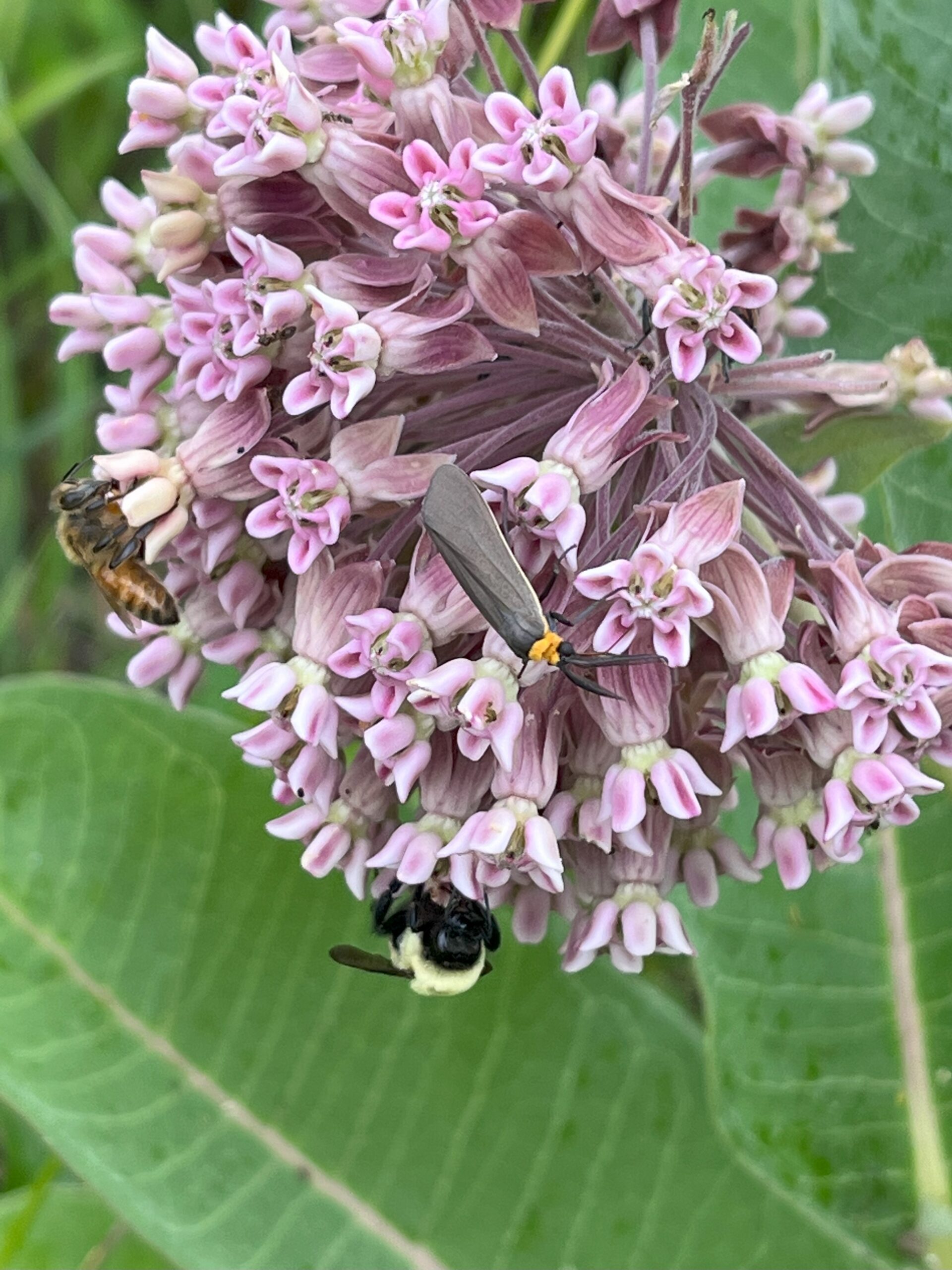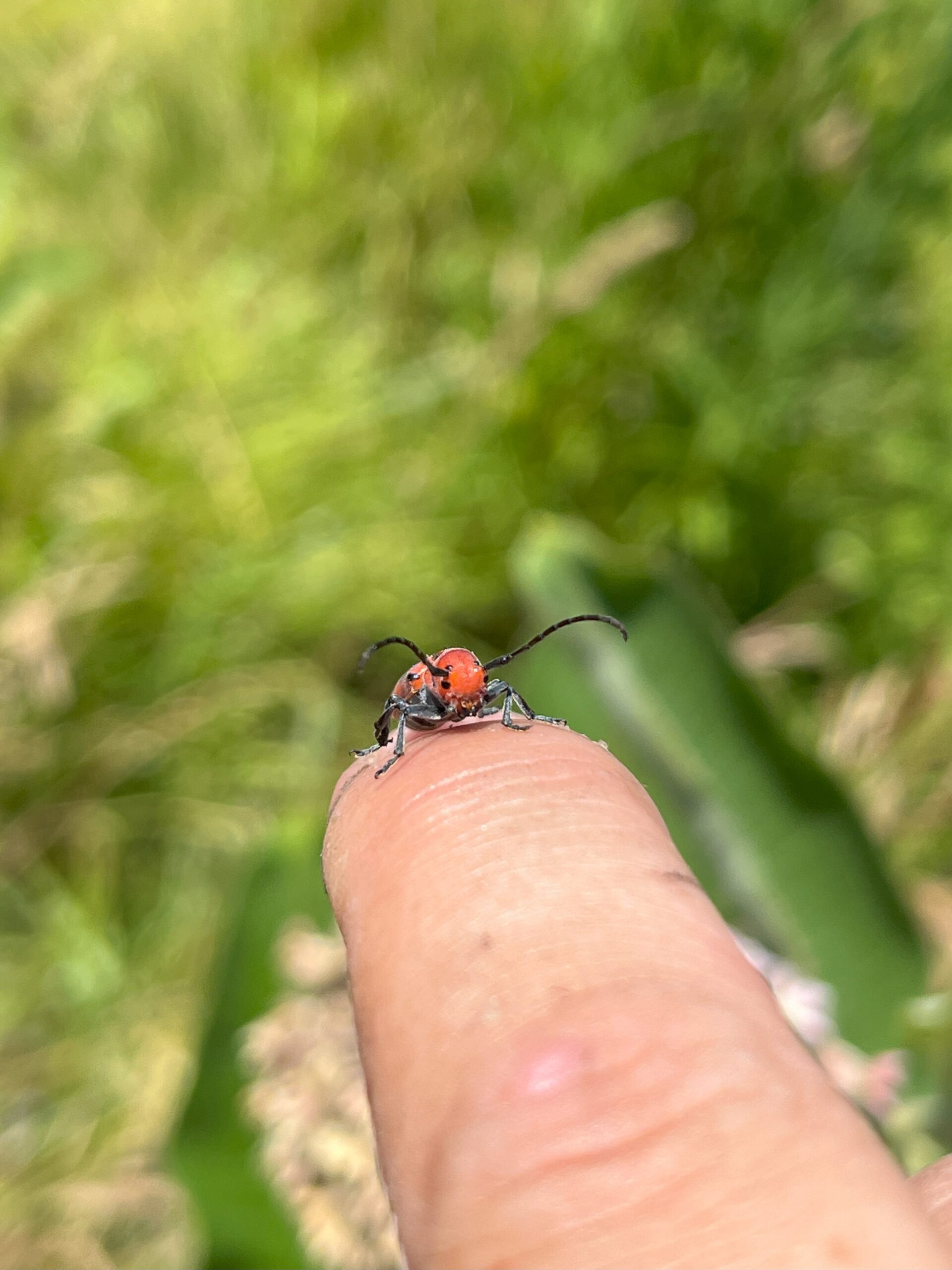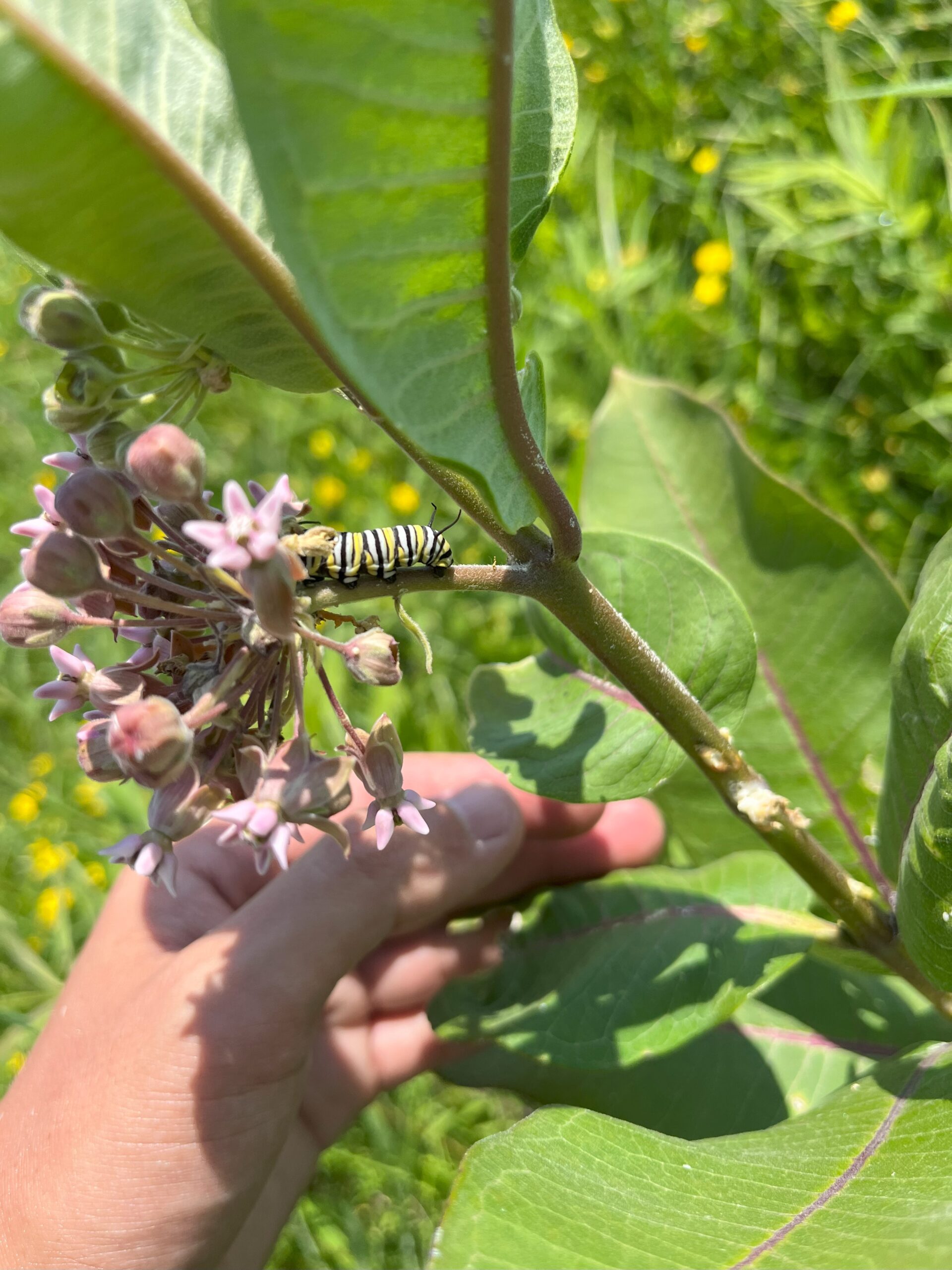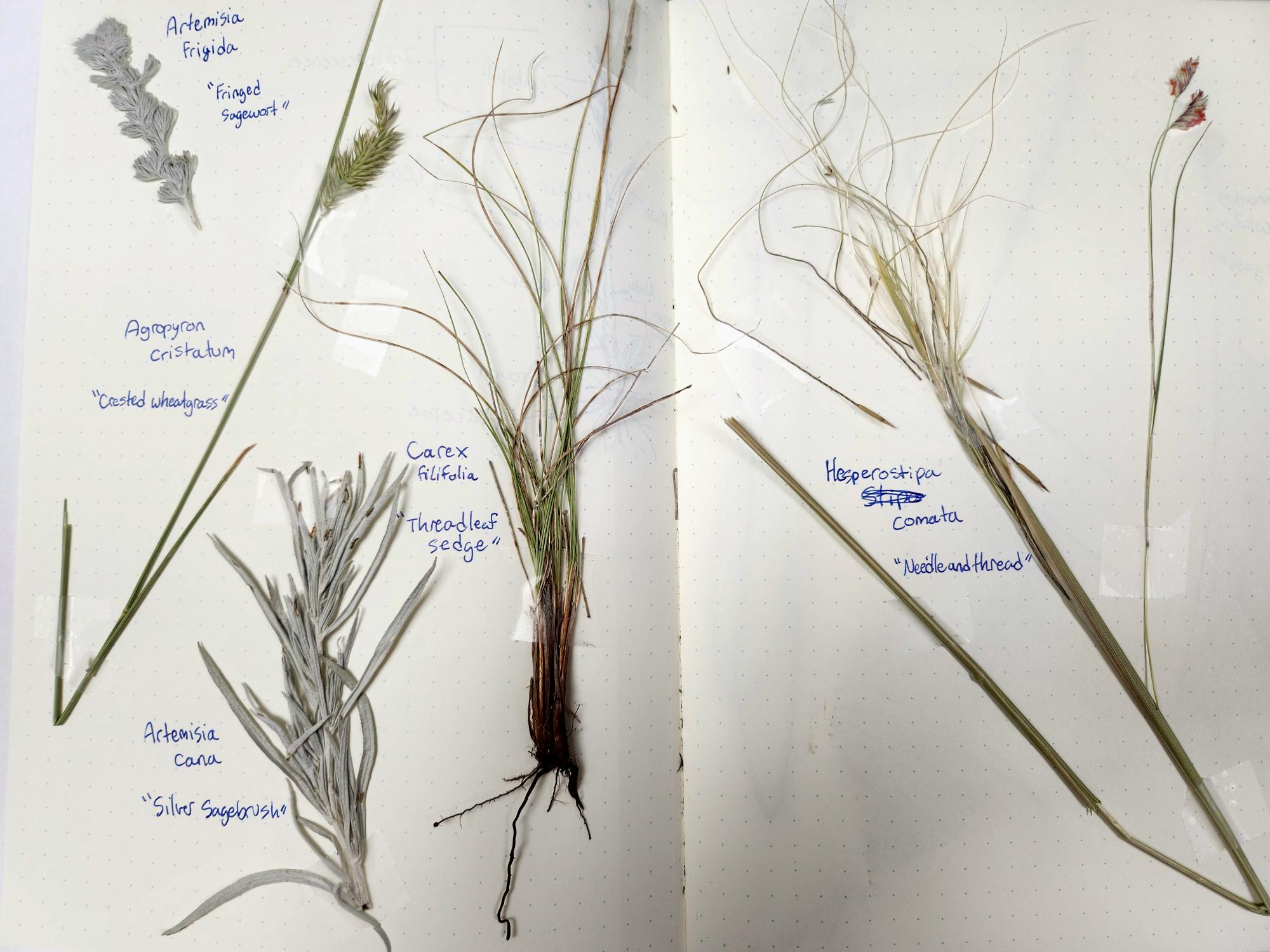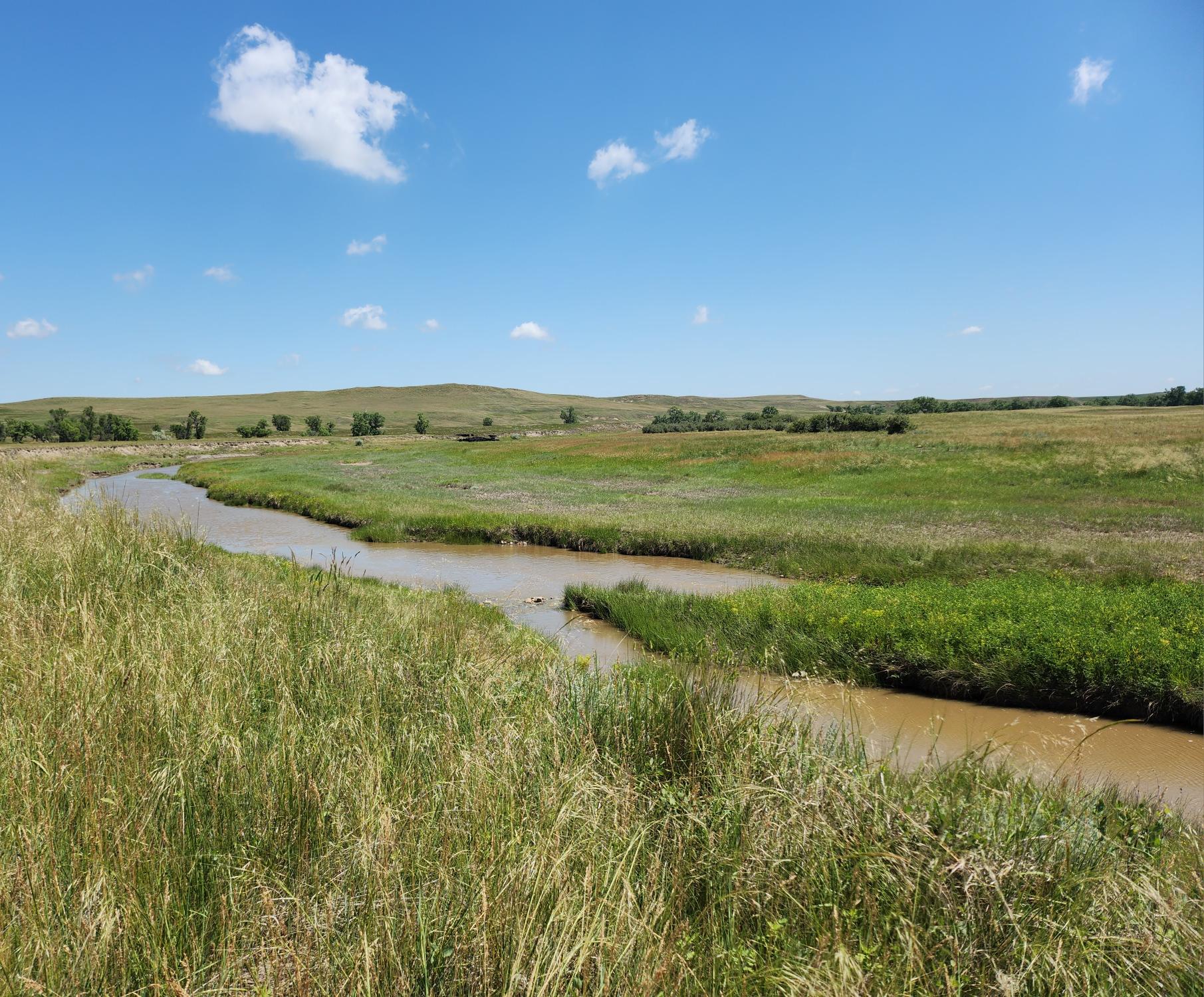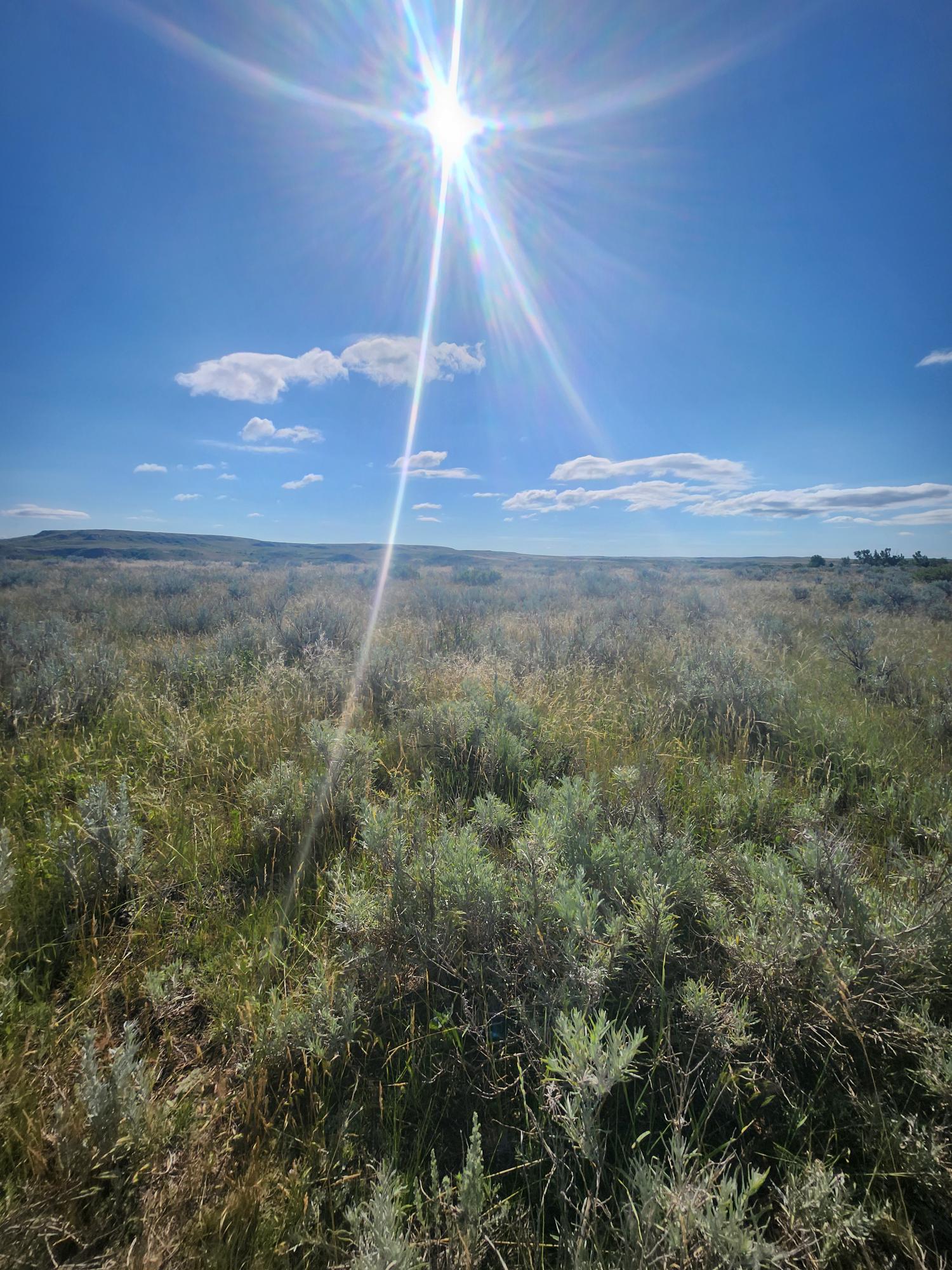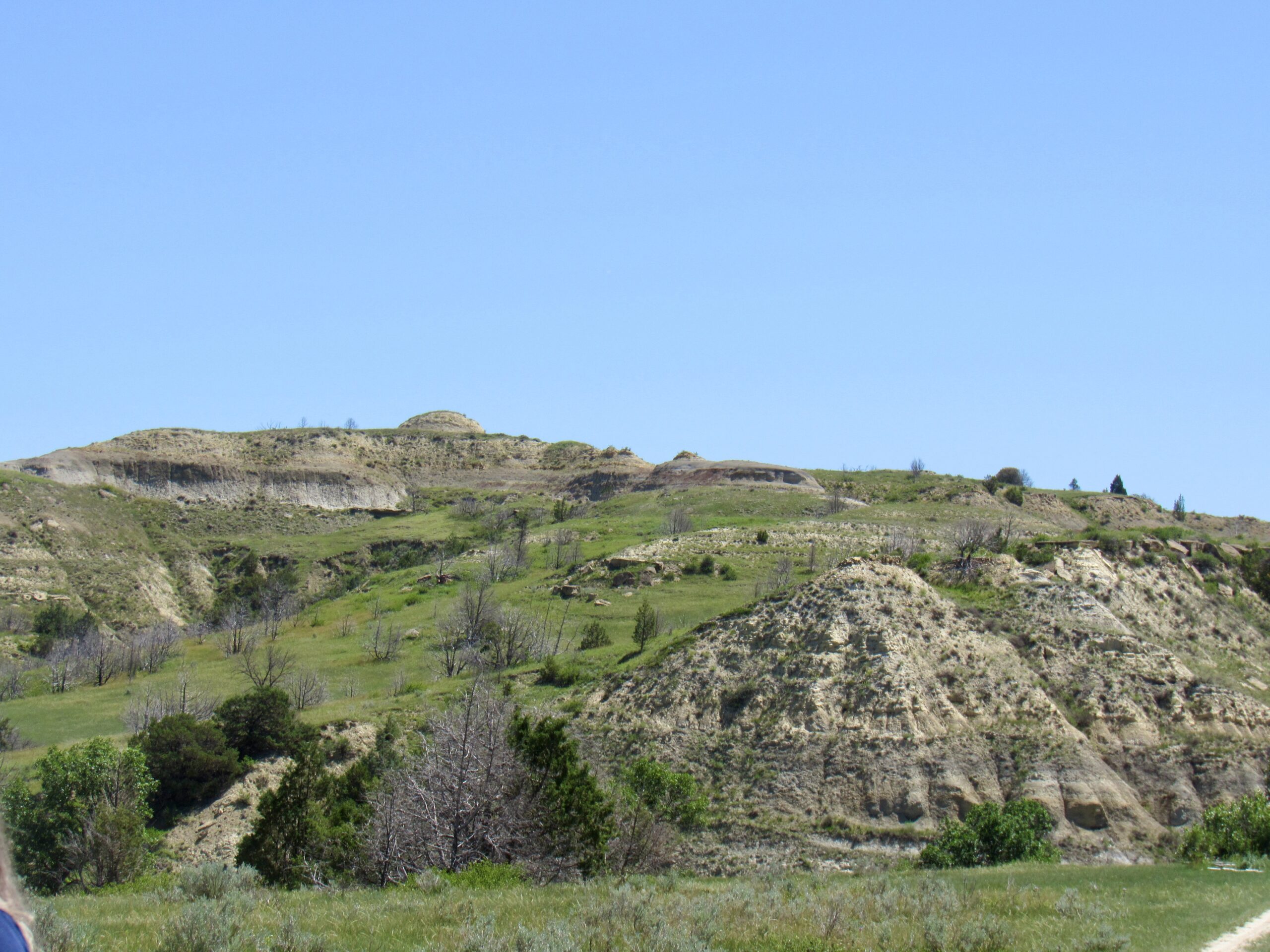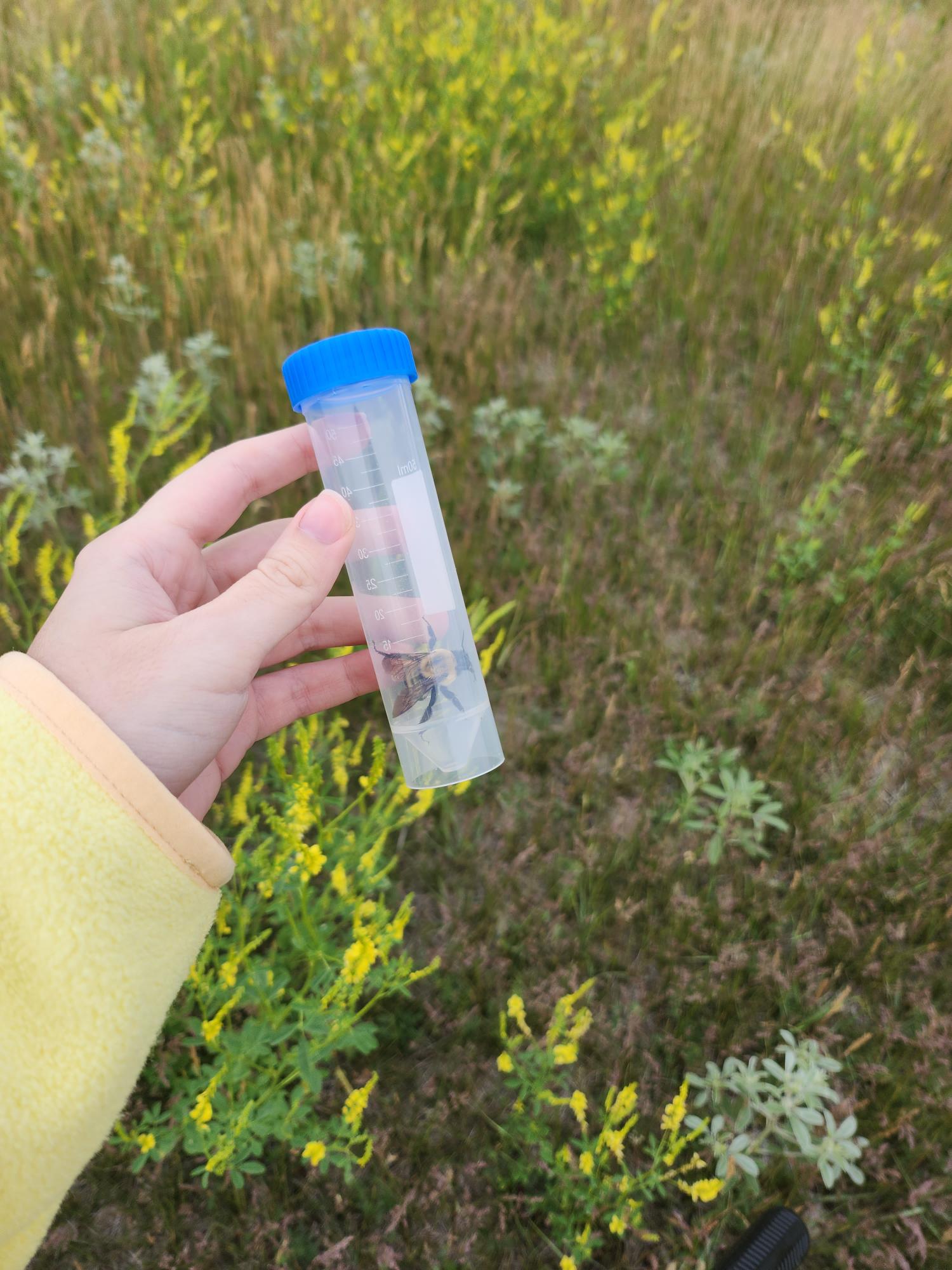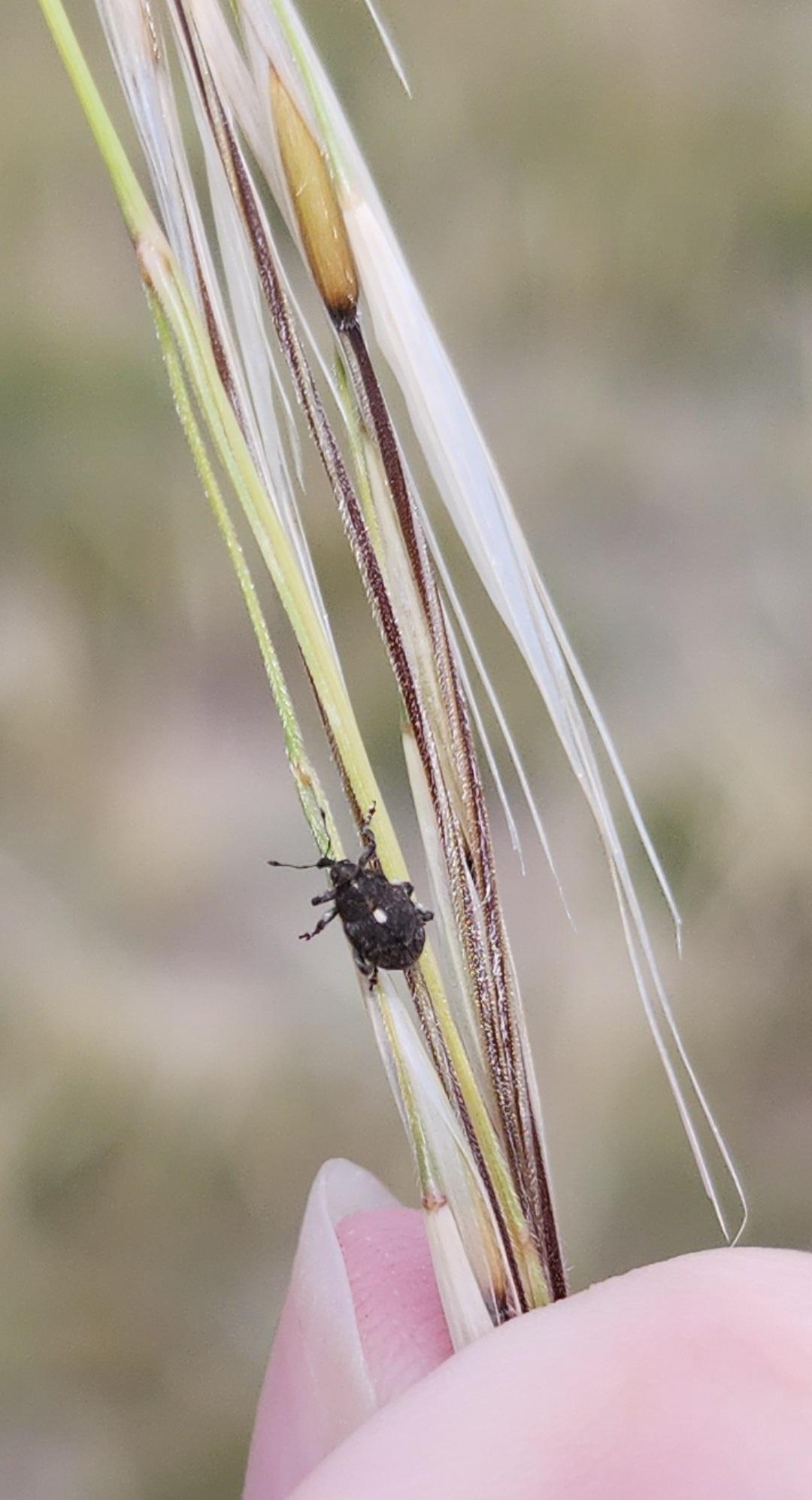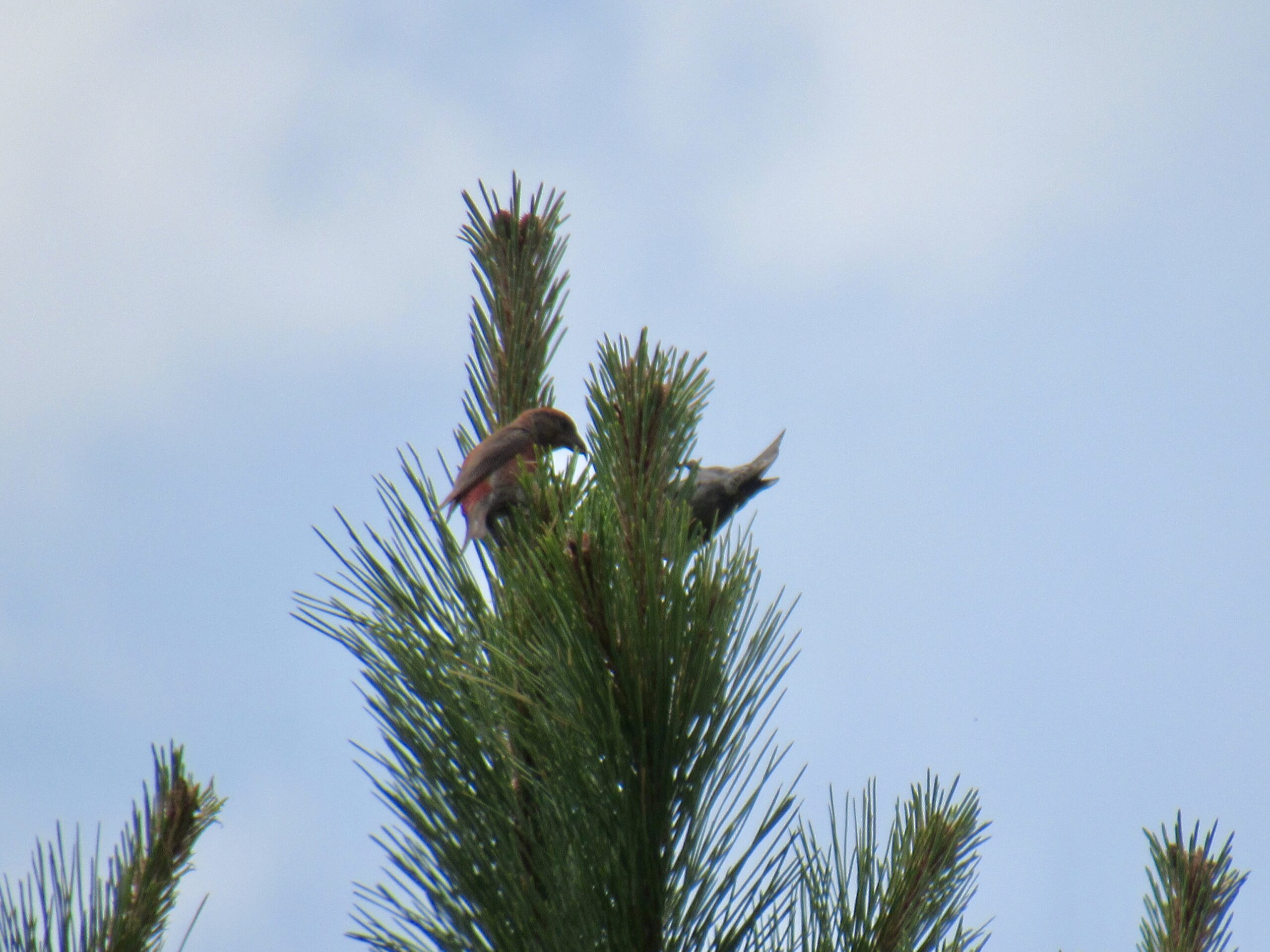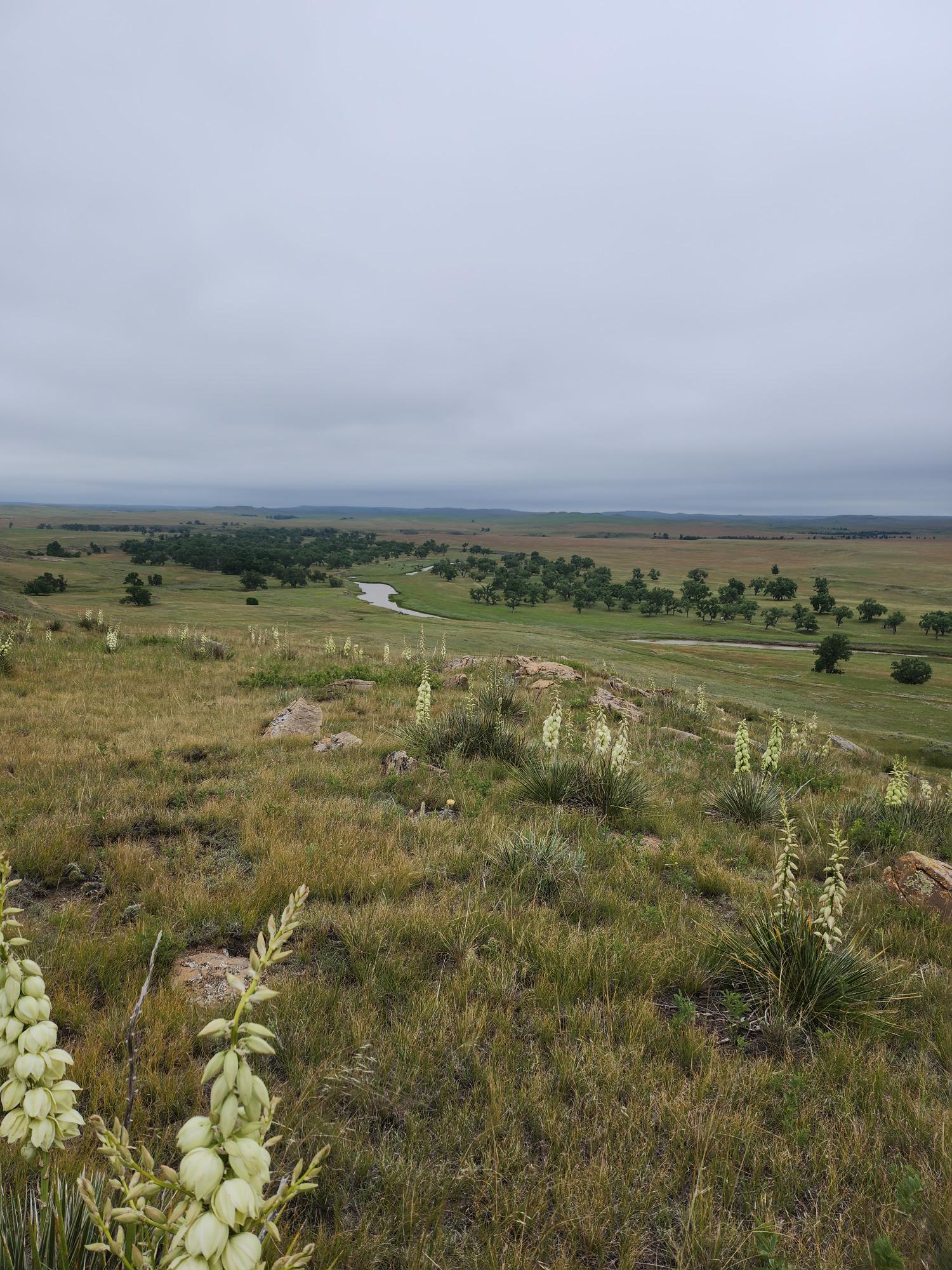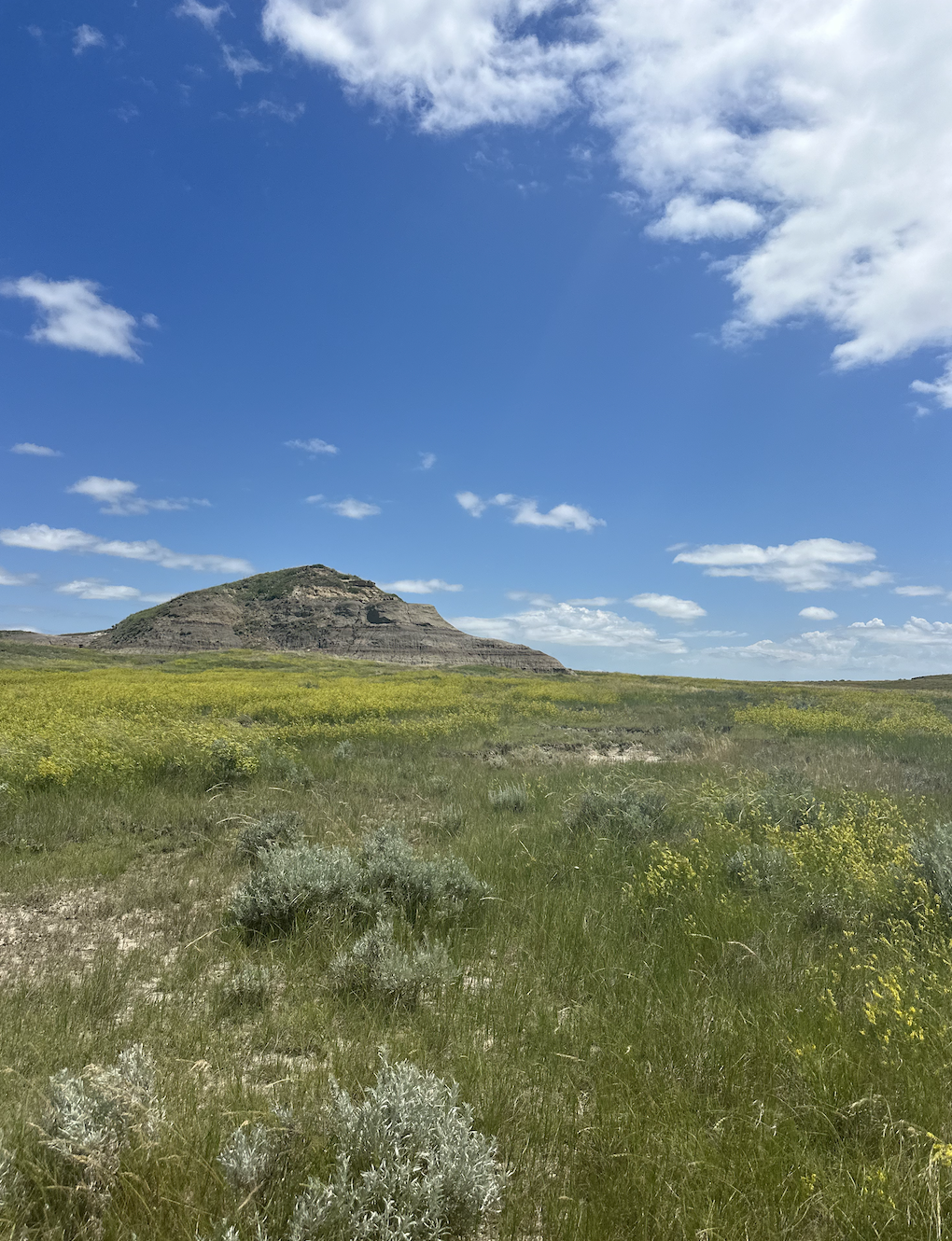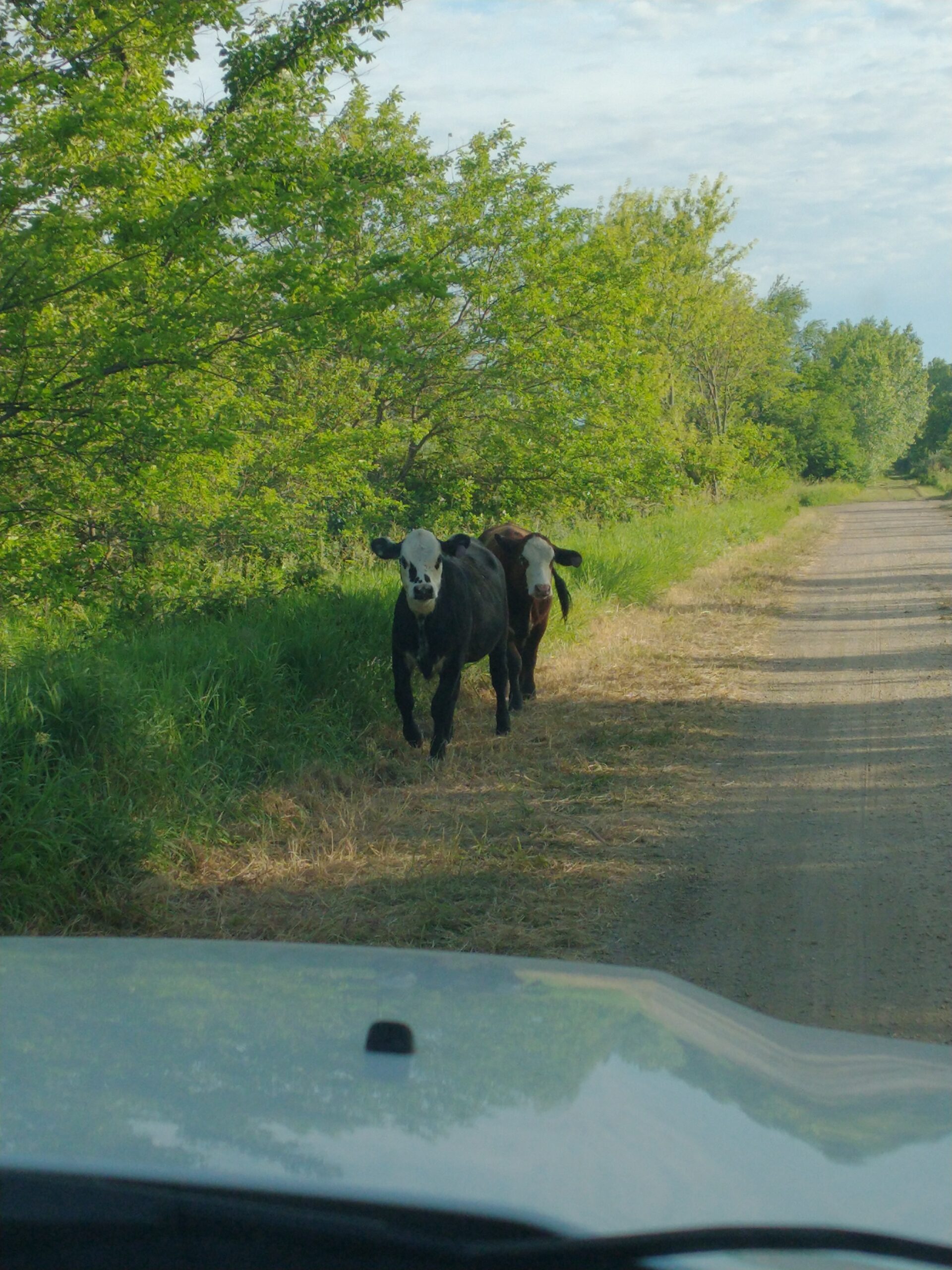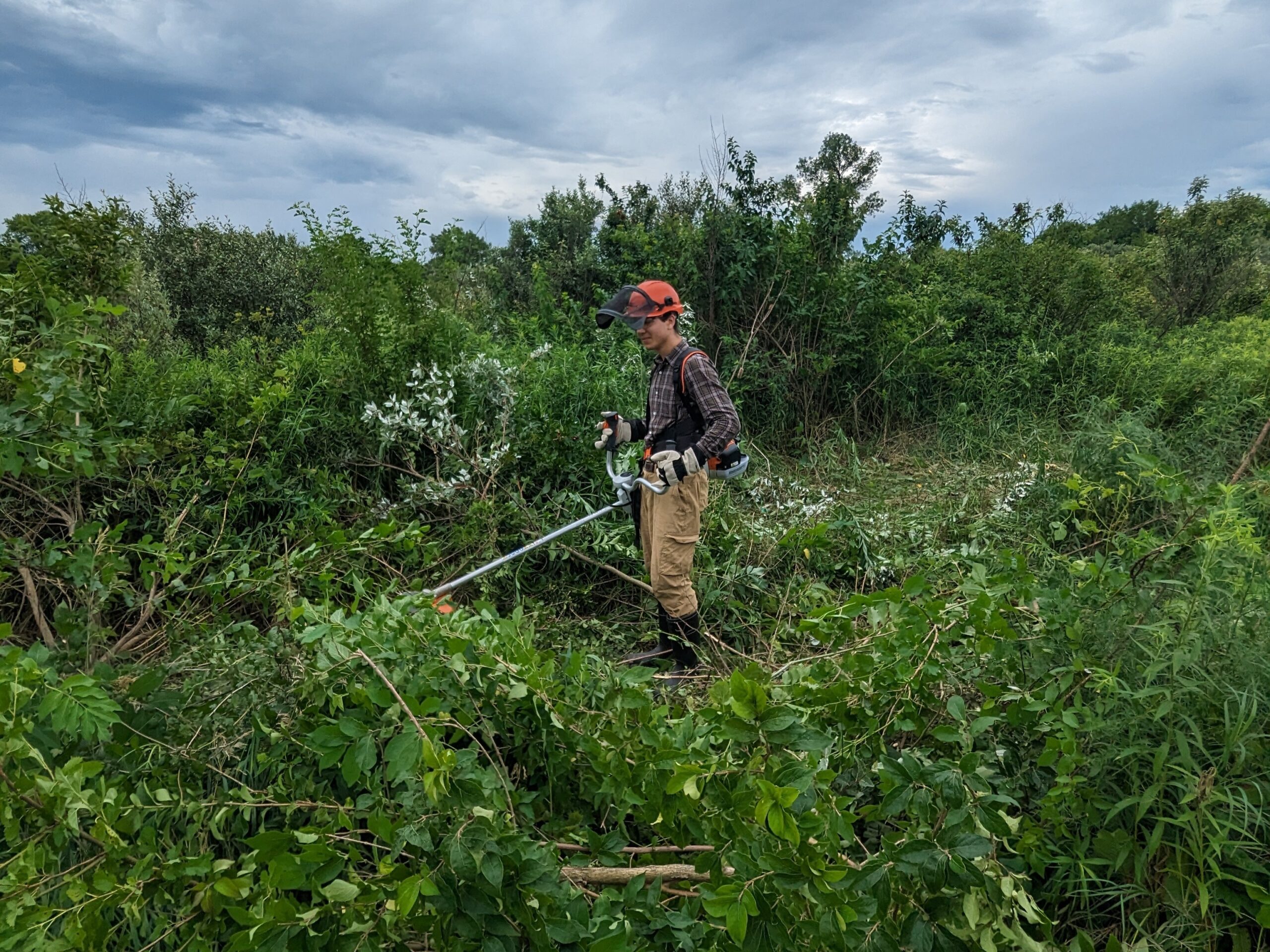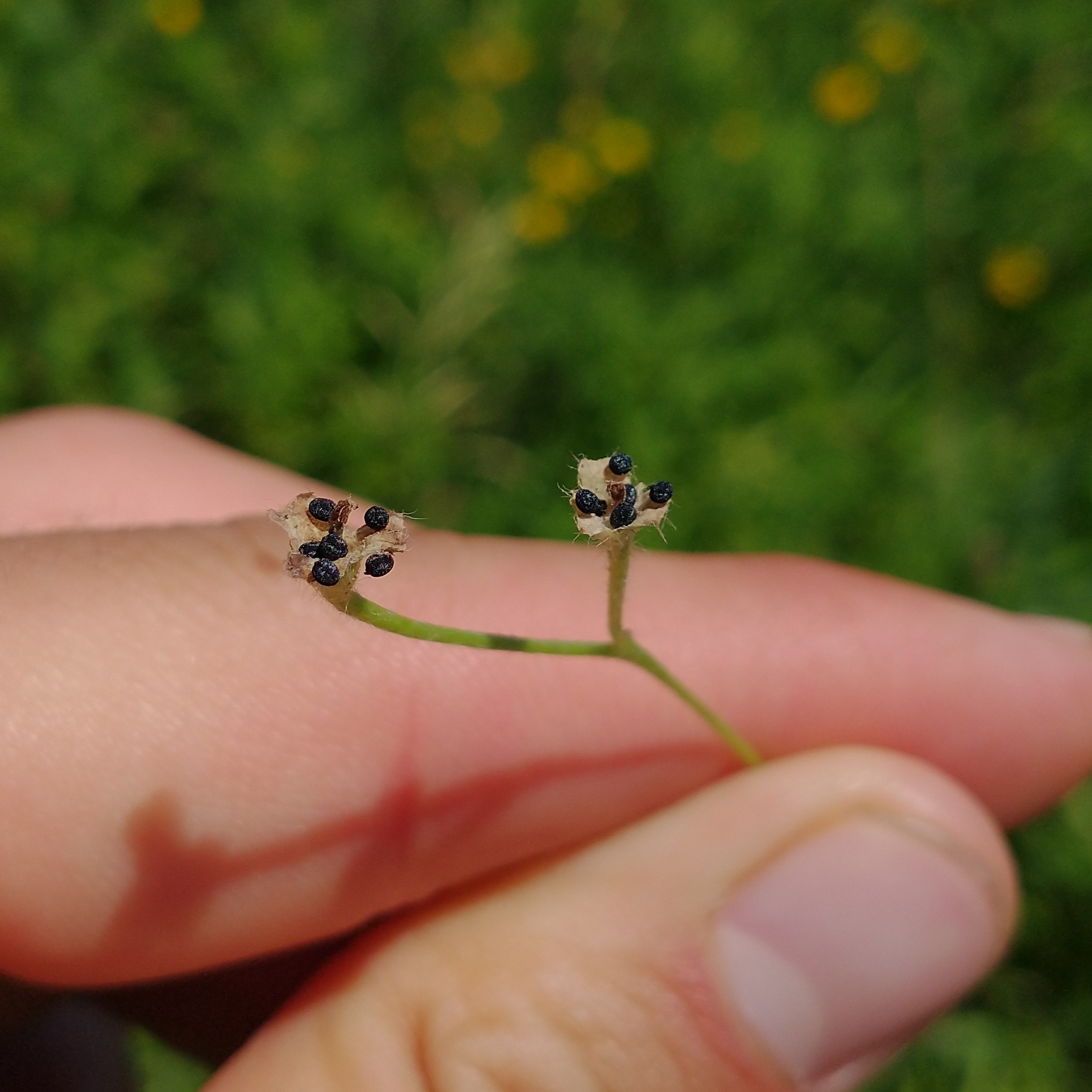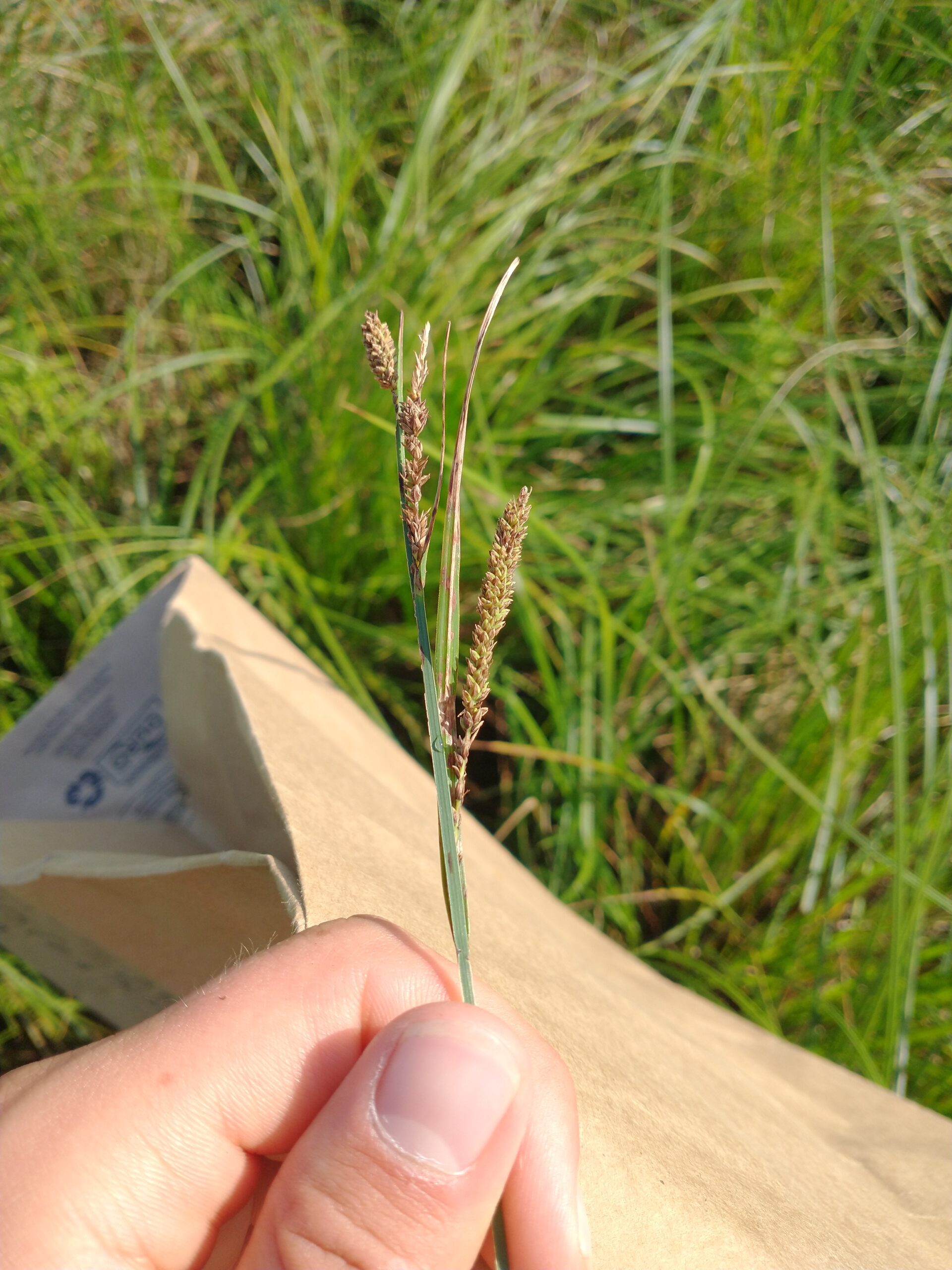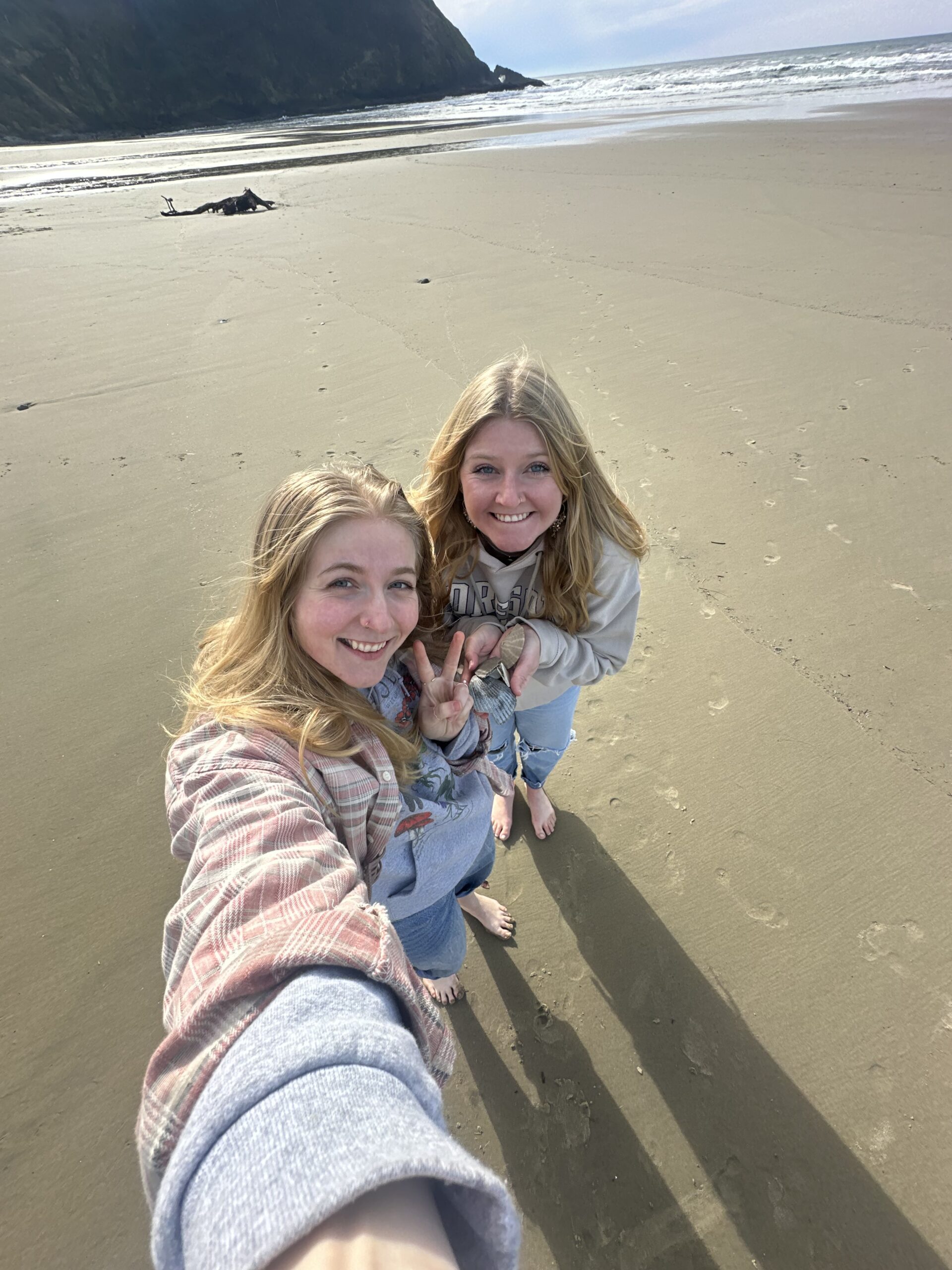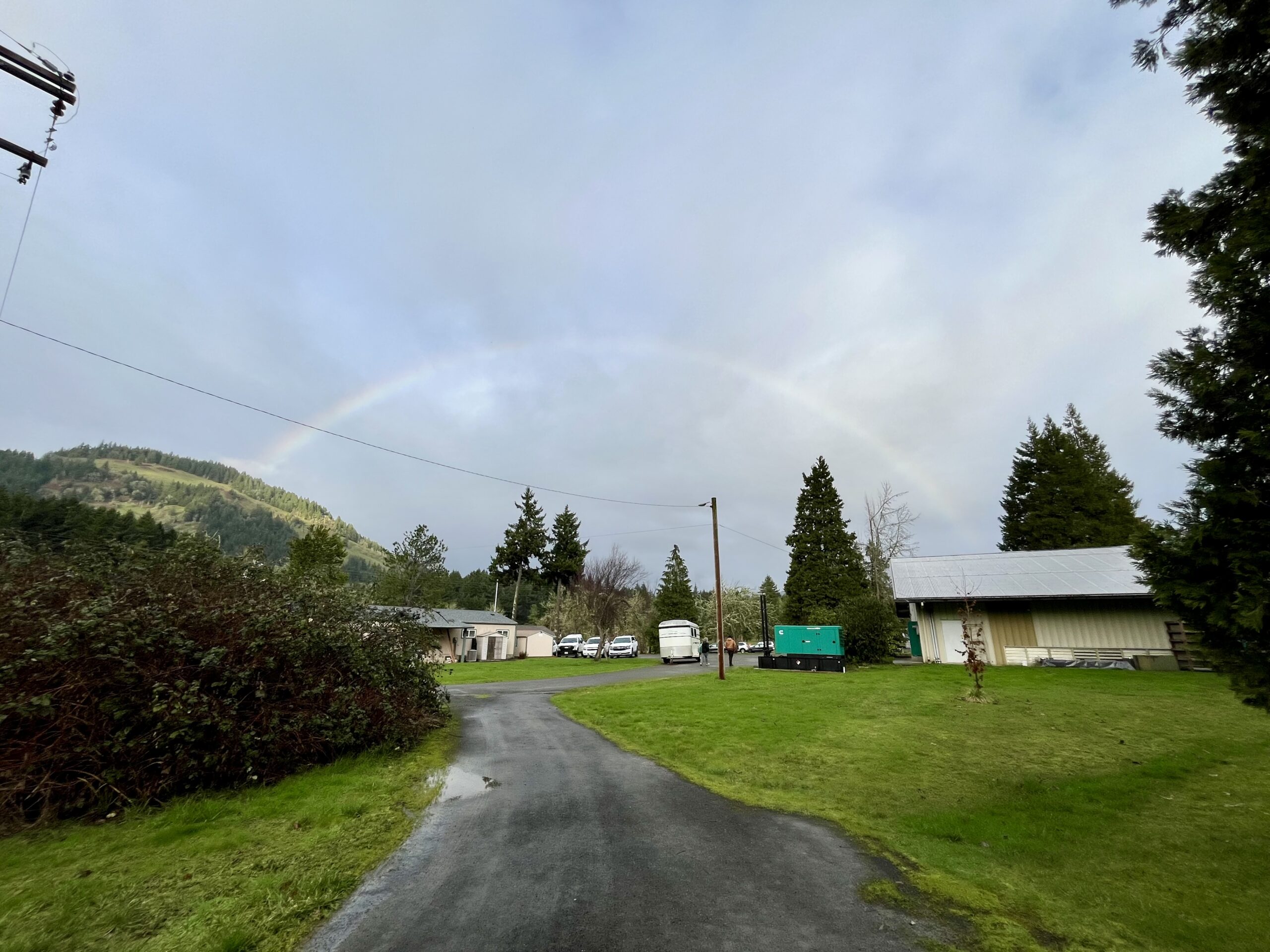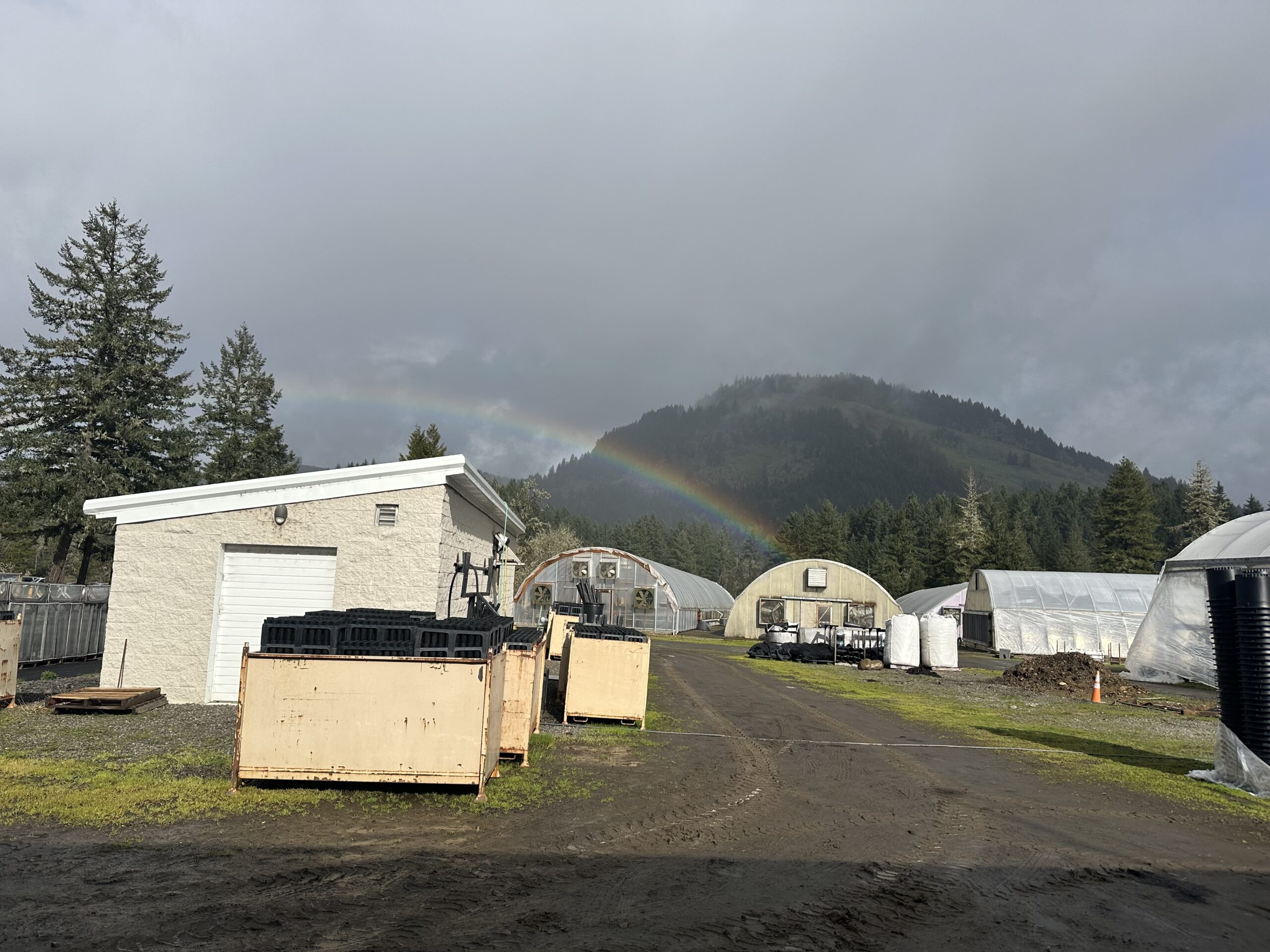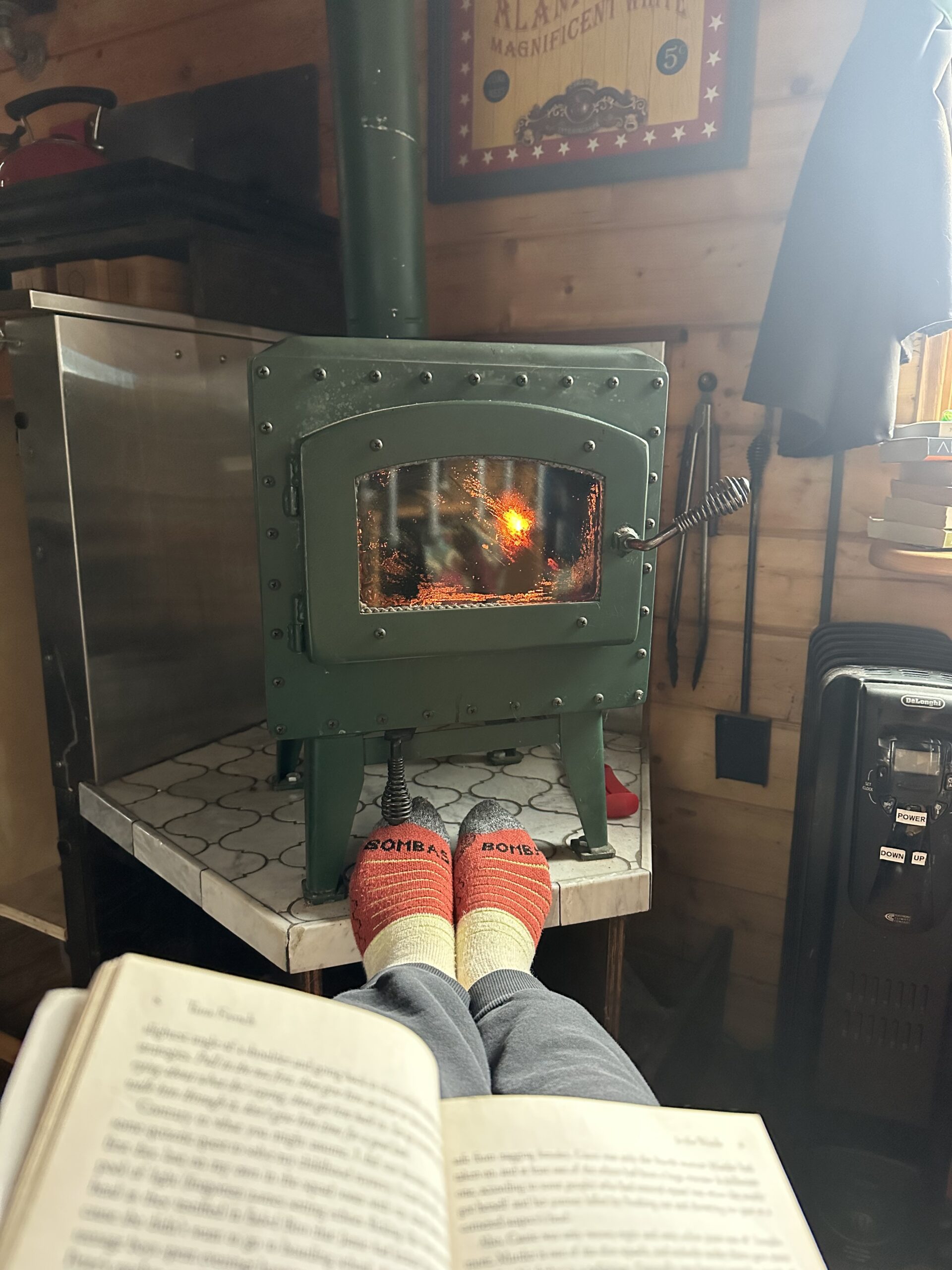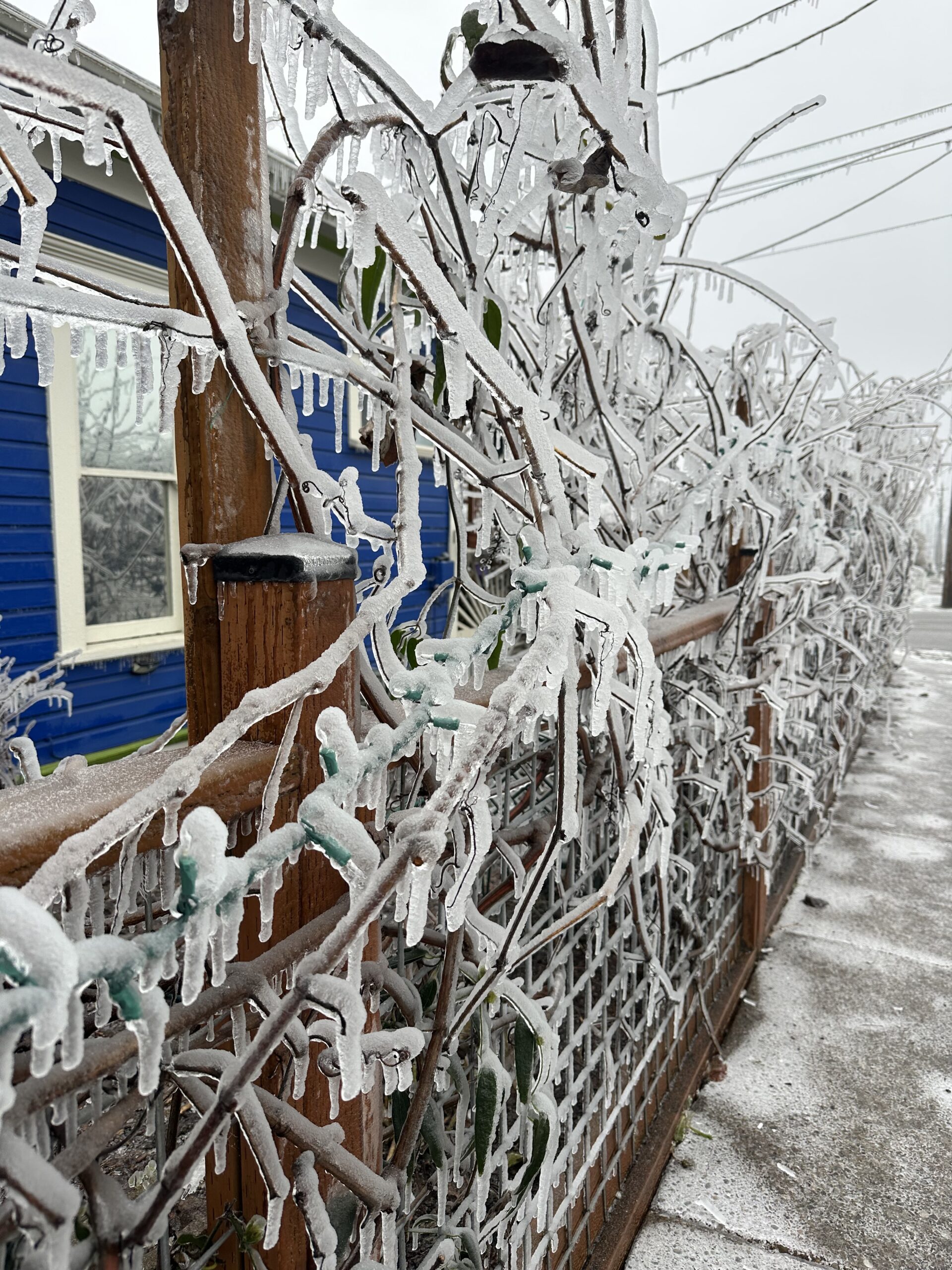A thick, heavy layer of clouds hugs the rocky shores and shoals of southeast Alaska, fluttering its thousand whispering notes through the Sitka spruces, soon to be carved into guitar necks and drum frames. Its mistral arms wrap round the eaglets in their nests and embrace the porcupines; it swaddles fjords in fog, entombs ships’ lights in a steely gray and swirls over the icy spires of the Klawock Range. Funneled into the steep sides of the Inside Passage, ocean winds mix and churn into a roiling silver wind of salt spray.
Many days, after gorging itself on the warm Pacific current, this layer of clouds droops with a leaden cargo of water until coalescing into the famous Alaska rain. This rain (of which southeast Alaska receives more than any other place in the country) is the chilling, soaking variety that drives bees to cower under flowers and grizzled old fishermen to sing sea shanties on the docks. It percolates through the sparse, rocky soil to bind together some particles and wedge apart others that finally collapse into enormous landslides. One curious thing I have noticed is that rain here seldom is packaged into hammering thunderstorms – the cumulonimbus clouds that electrify the Midwest require hotter summer air than Alaska receives. It arrives as a lighter, more persistent tap-tap-tap that seems always ready to drop out of the precariously perched clouds at the slightest disturbance. It is a rain that makes excellent weather for sitting on the Thorne Bay Library porch, writing blog posts like this one and drinking convenience store coffee (brewed for sailors, so strong that it has to be beaten back into the cup with a spoon).
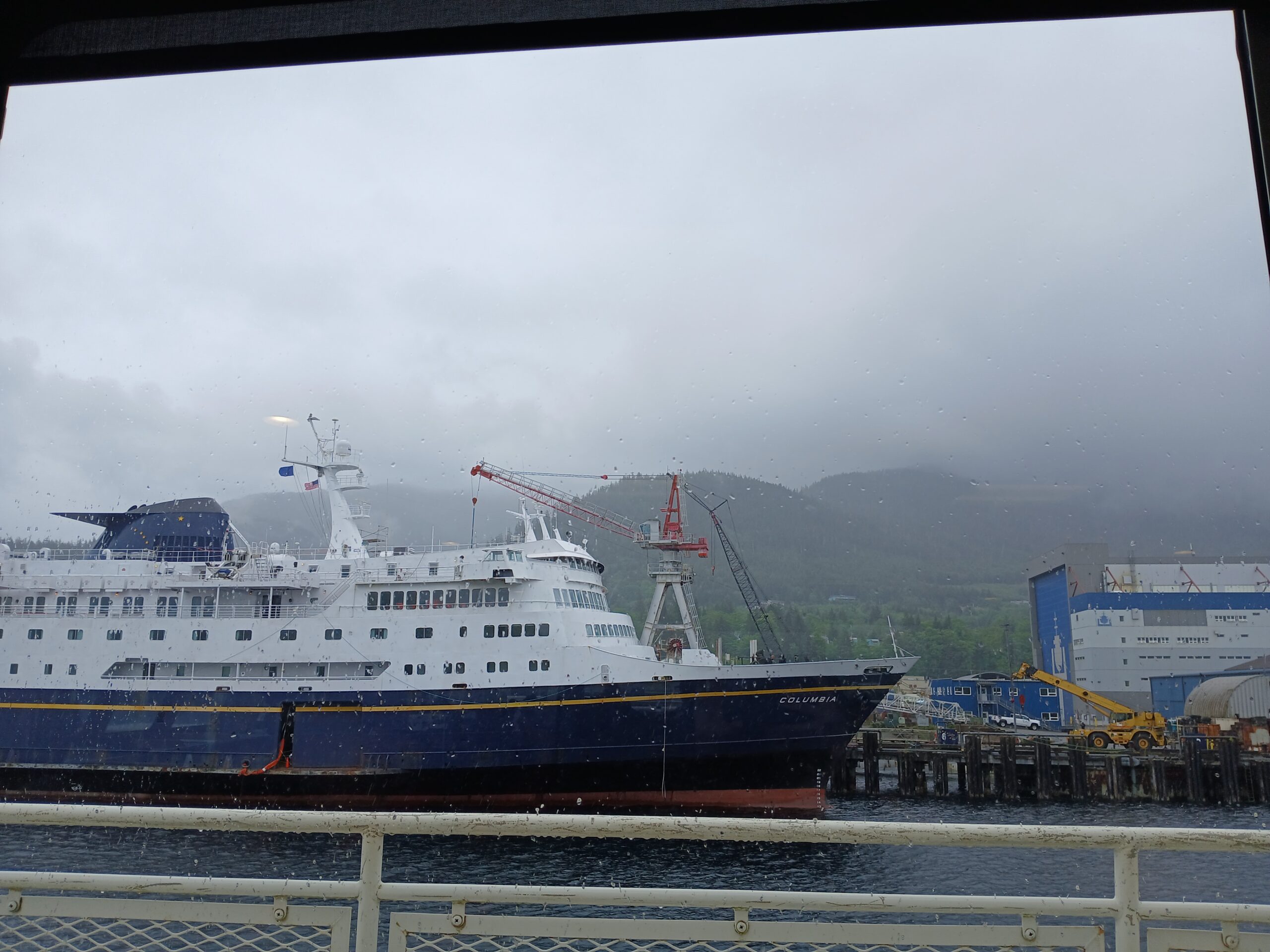
On other, less frequent days, the dome of clouds is whisked away to reveal the warm sun that encourages the treetops and teases the mosses and ferns below – even on the brightest days, the dense tangle of conifer needles that roofs the Tongass keep the forest floor cool and shaded. We spent five days in the Karta River Wilderness with this rare Alaska sunshine, where it shimmers off mirror-still lakes and the bald heads of seals in the bay. After long days of backpacking, pulling foxgloves and hacking through heavy brush, returning to our camp in the ever-shady understory felt a sweet relief. There the sun hovers long over the horizon, scattering its fiery rays over the rippling trout streams until ten at night and returning by four o’clock the next morning.
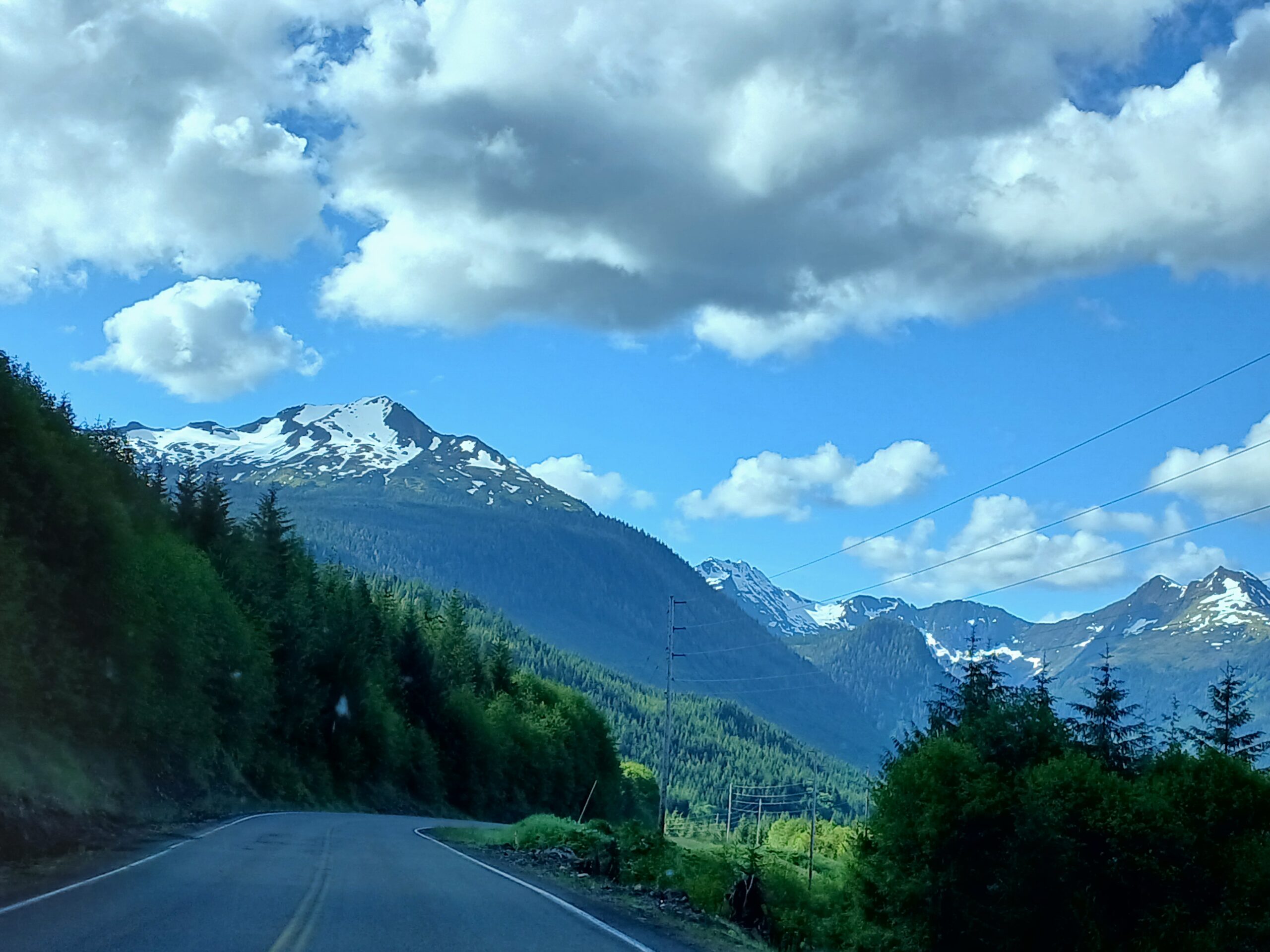
I am always fascinated by the sublime beauty that weather can display. Alaska is a land of extremes – to borrow from folk singer Hobo Jim, “this is the country where legends are born.” The Pacific Northwest Coast is the largest temperate rainforest in the world, and I can think of no better place to see weather’s creative forces at work than a land where it raises up colossal trees like mossy pillars from six-inch-deep soil. Where fourteen-foot tides are normal and krummholz pines cling tenuously to life on the windswept mountains. And where cloudberries – of which I am trying my best to find just one good patch – really do grow within clouds in the cold, foggy muskegs. I am greatly looking forward to the rest of our season here in the Great Land – whatever way the wind blows.



